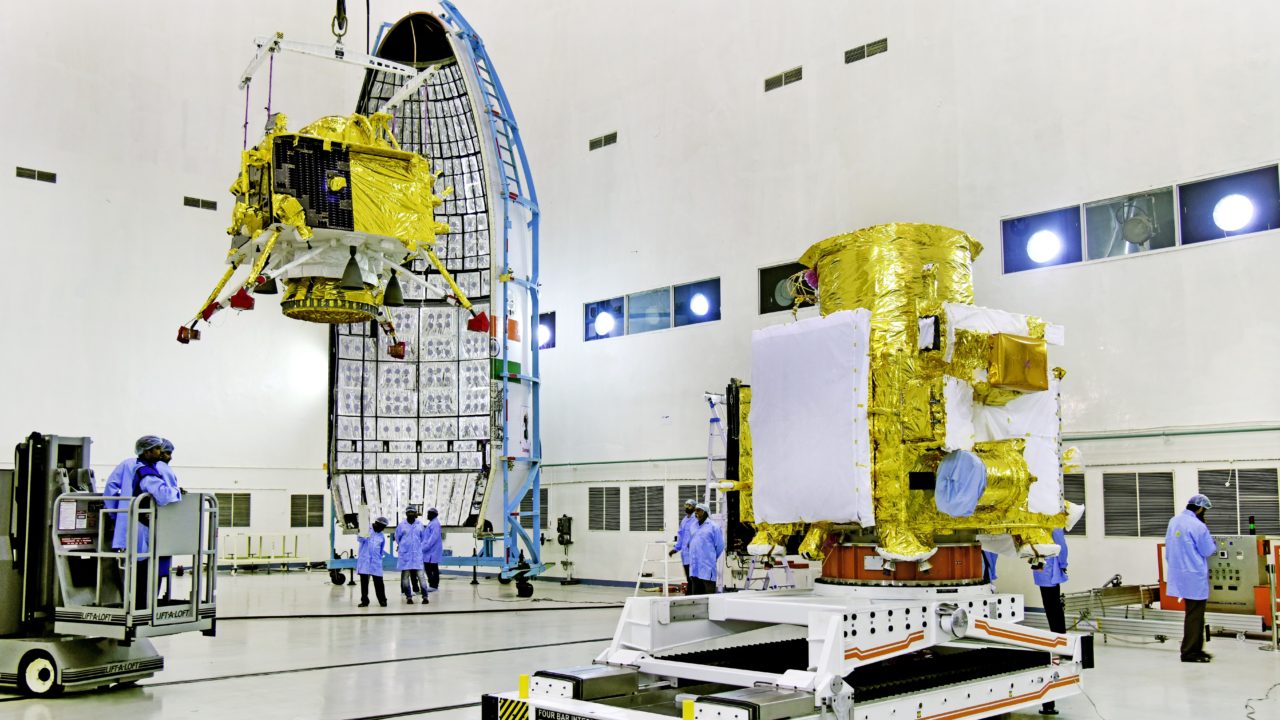
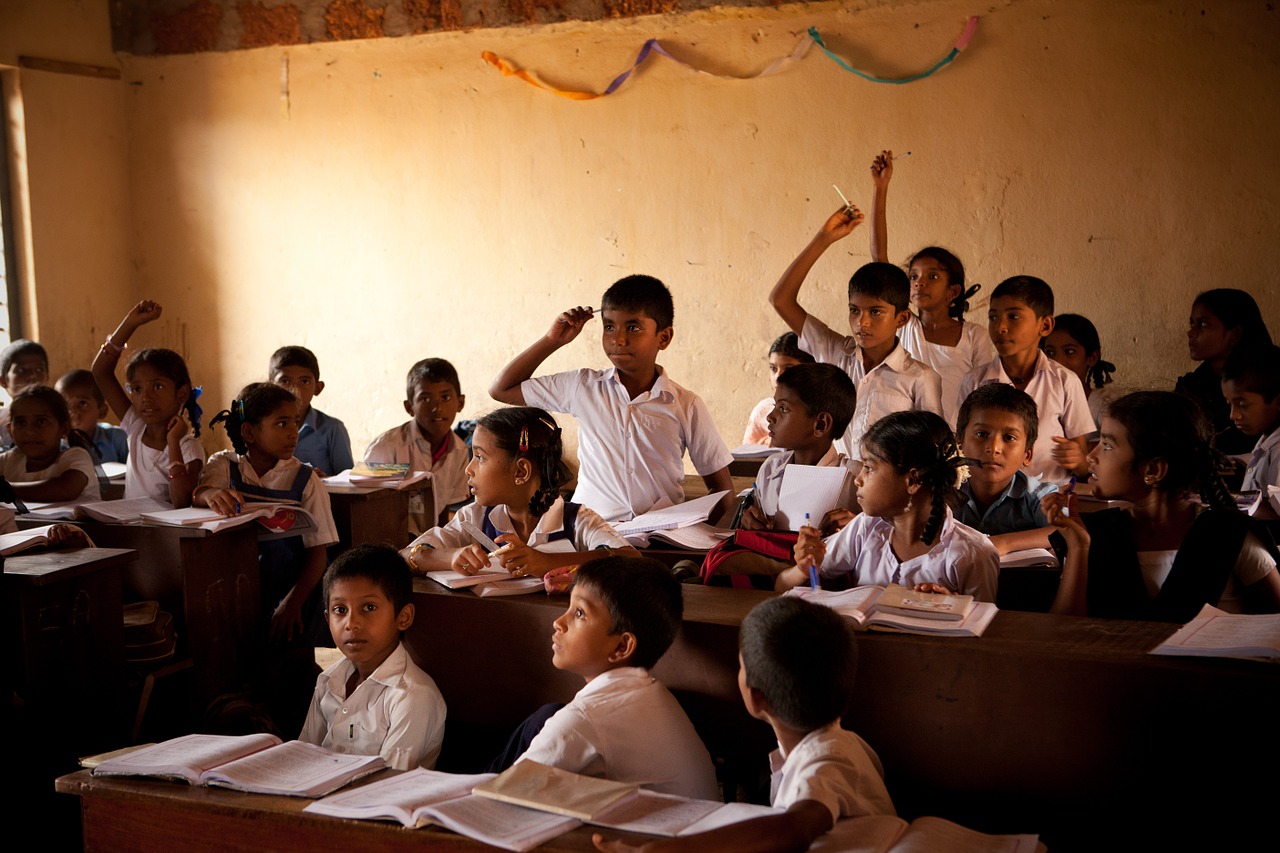
It is a misnomer that rural development does not need high technology inputs. While it is true that we need to maximize the use of locally available resources in rural areas, the application of new technologies can go a long way in improving the quality of life in rural areas

Research laboratories working under the Council of Scientific and Industrial Research on Friday announced the completion of whole-genome sequencing of 1008 Indian individuals representing diverse ethnic groups in the country
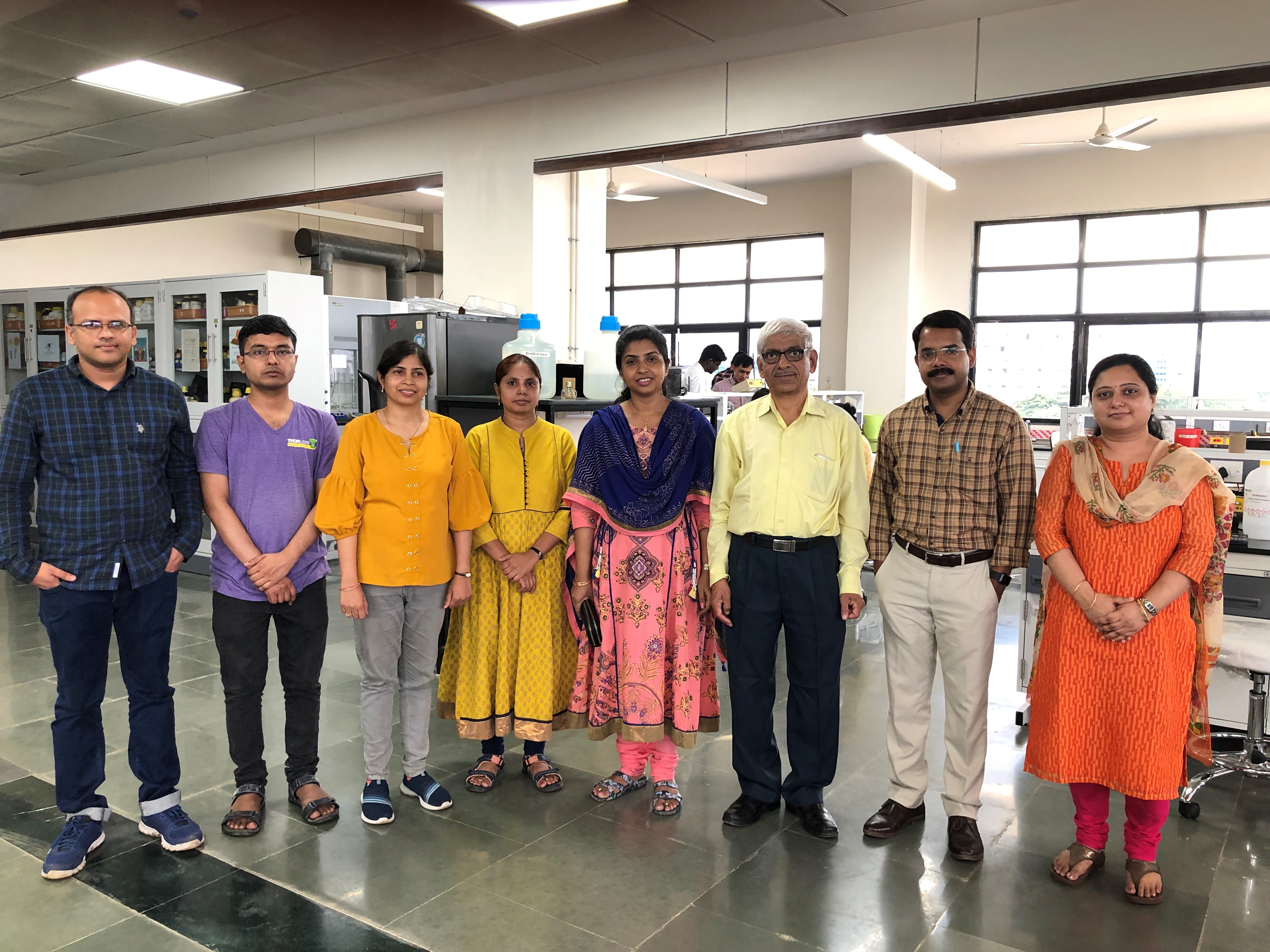
Several Ayurvedic formulations, which have been in use for ages, are being subjected to modern methods of drug development in order to make out the exact mechanism of their action. A group of scientists has done a detailed chemical study of herbal preparation known as Triphala and found it to be rich in polyphenolic content.


Scientists have developed a new variant of currently popular gene editing tool, CRISPR-Cas9, and have shown that this variant can increase precision in editing genome while avoiding unintended changes in DNA
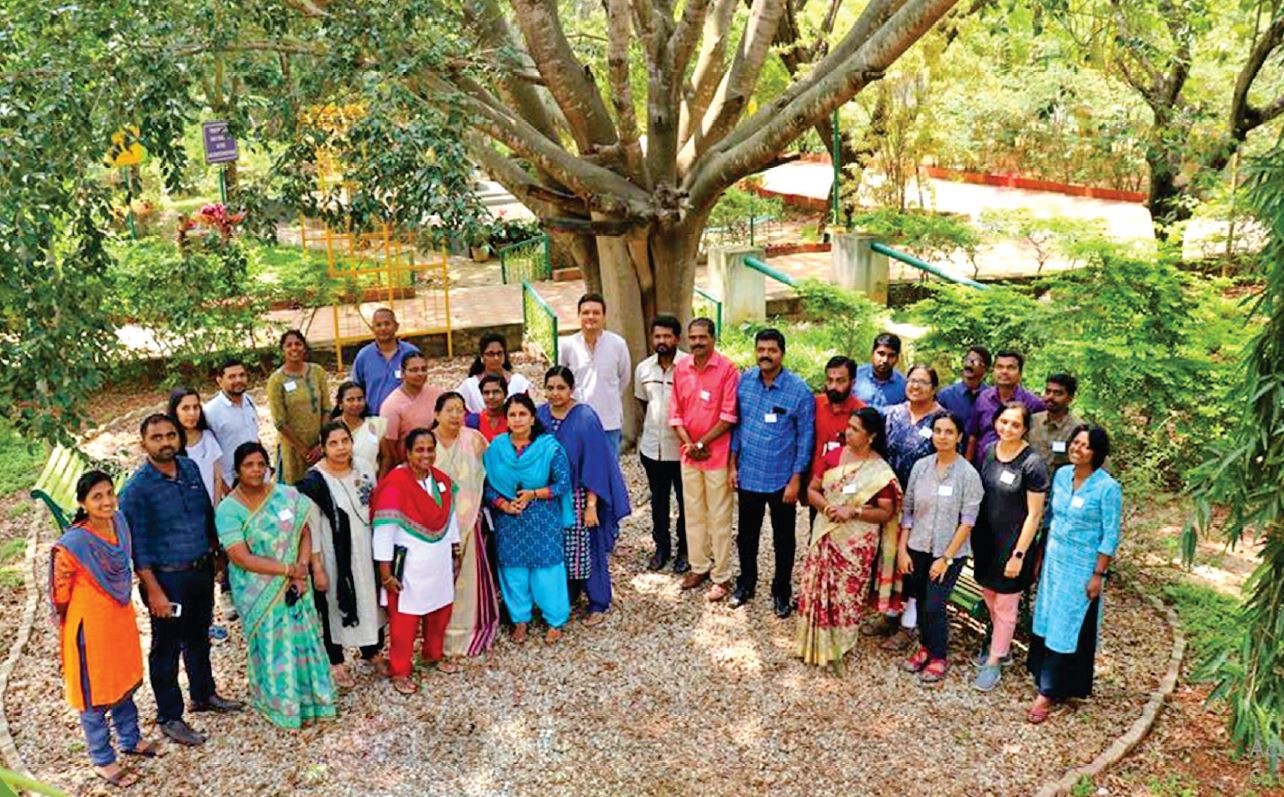
Citizen science is growing mainly due to rising awareness among people about the need for the scientific and accountable environmental regulatory regime, and availability of digital and big data tools for data collection and sharing
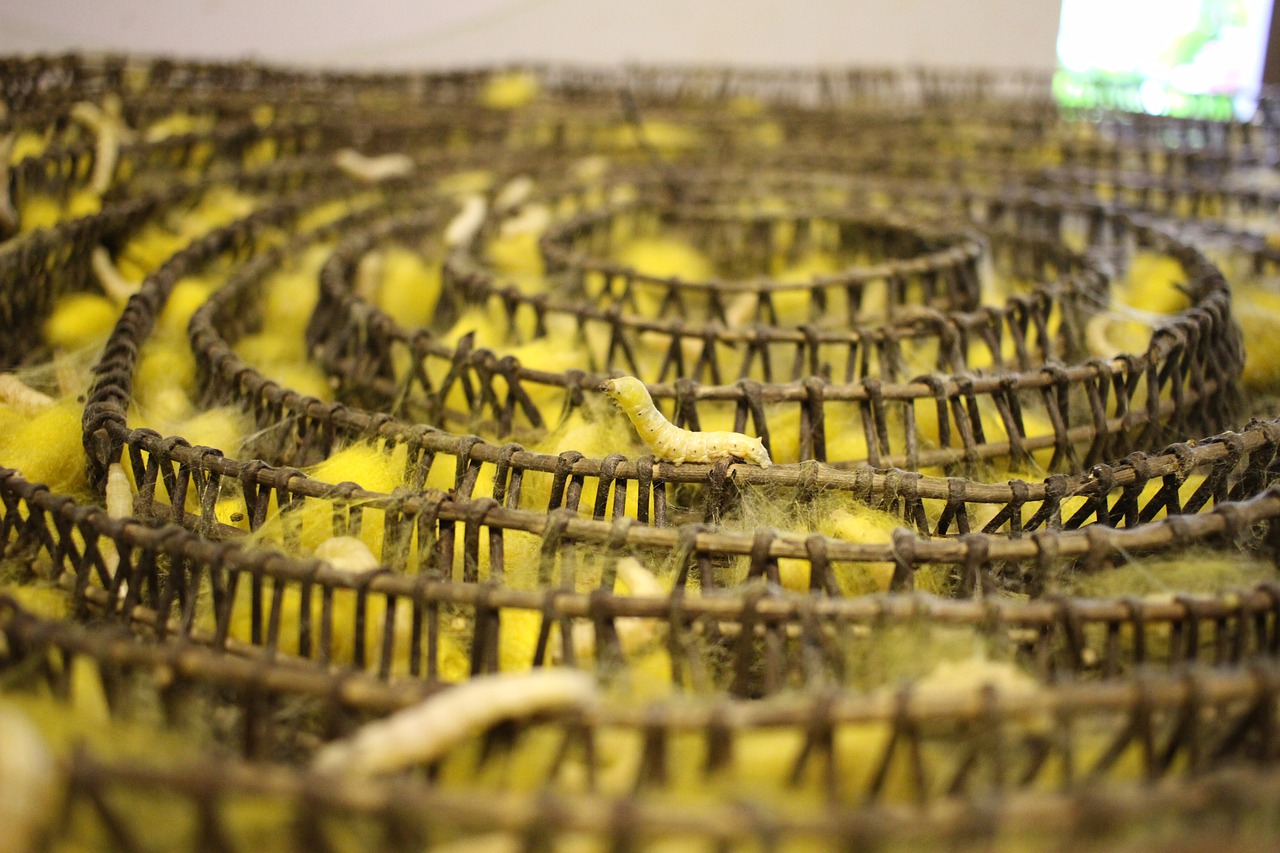
Scientists have discovered that a protein produced by silkworms can be used to develop a range of beauty and skincare products

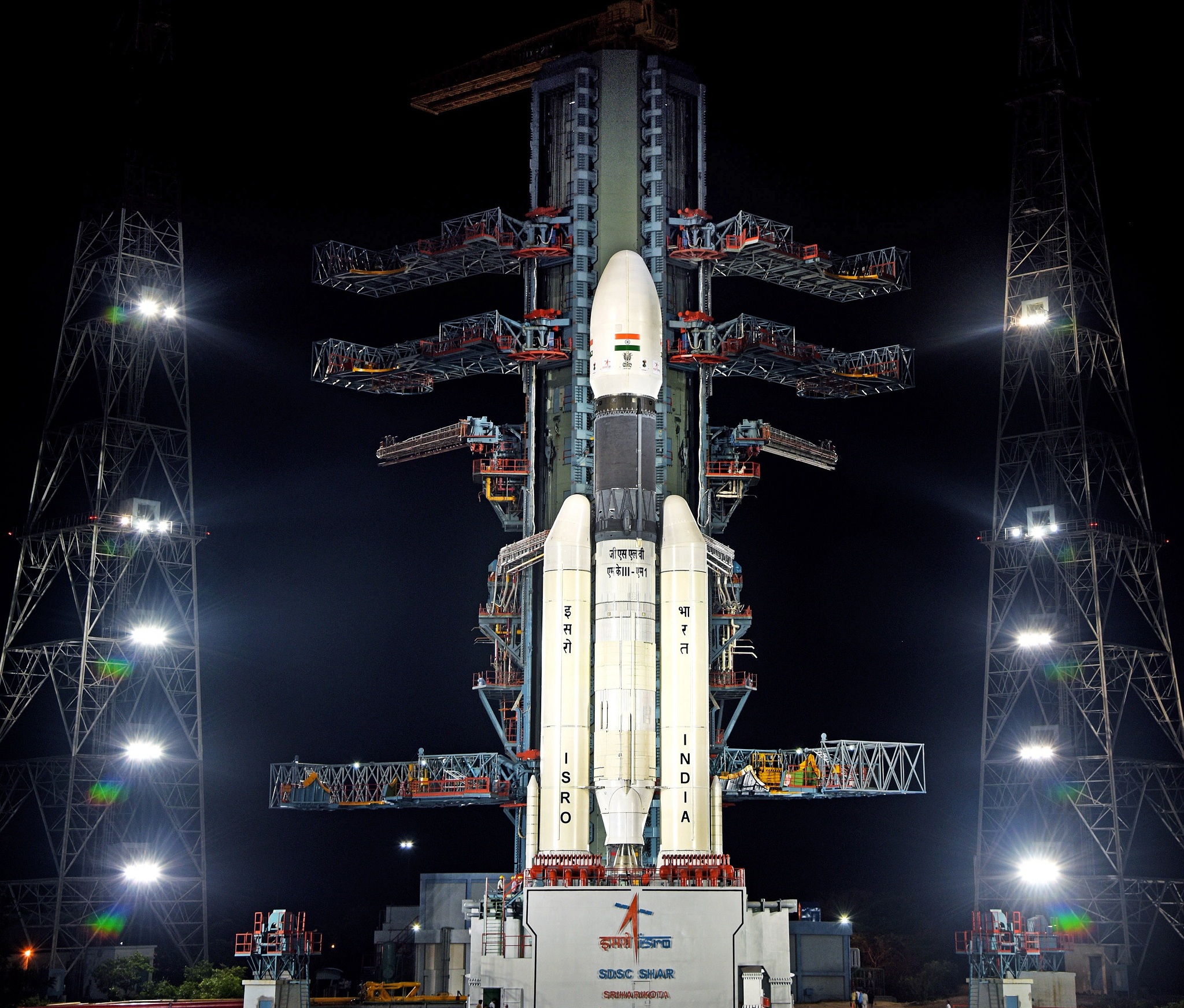
The New Space India Limited, a newly established commercial subsidiary of the Indian Space Research Organization, has got its first customer - an American space rideshare company, Spaceflight

The demand for data-fueled by smartphones and other internet-connected devices is rising continuously. At the same time, poor mobile phone connectivity inside buildings has become a point of concern for operators and consumers. Researchers may have found a solution to these problems – integrating cellular or mobile networks with widely used Wi-Fi networks

Scientists have developed a nanotechnology-based biosensor for the detection of serotonin in blood and urine. They have developed a new nanocomposite material made of gold Nano rattles-reduced graphene oxide coated onto glassy carbon electrodes with gold nanoparticles

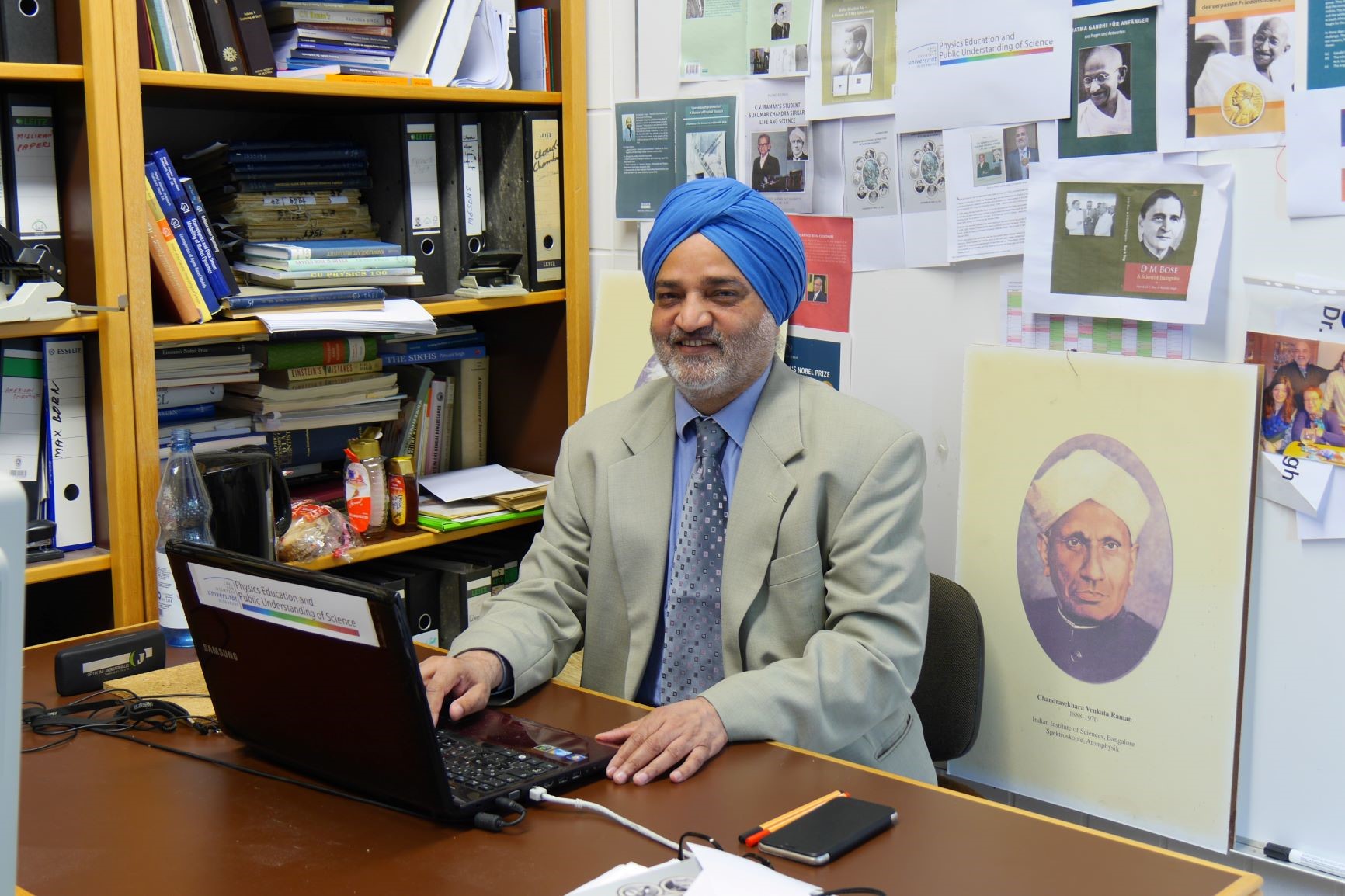
Satyendra Nath Bose is the only Indian physicist whose name is tagged with Albert Einstein in the hall of modern physics for what is known as the Bose-Einstein Statistics
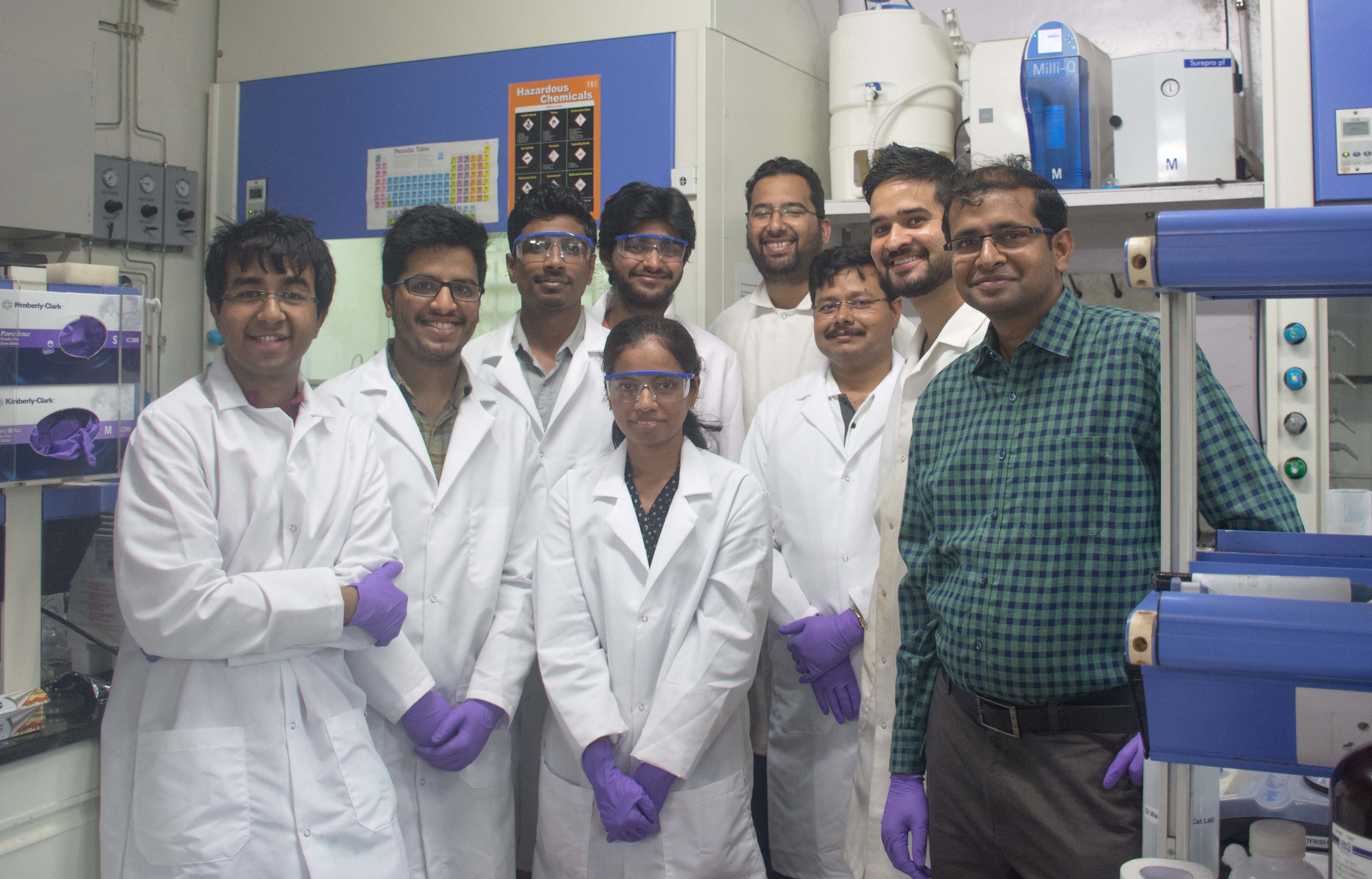
Indians are fascinated with gold, making India one of the largest consumers of the yellow metal globally. Now Indian scientists have tinkered with the chemistry of the material and turned it into ‘black gold’ which they say can be potentially used for applications ranging from solar energy harvesting to desalinating seawater
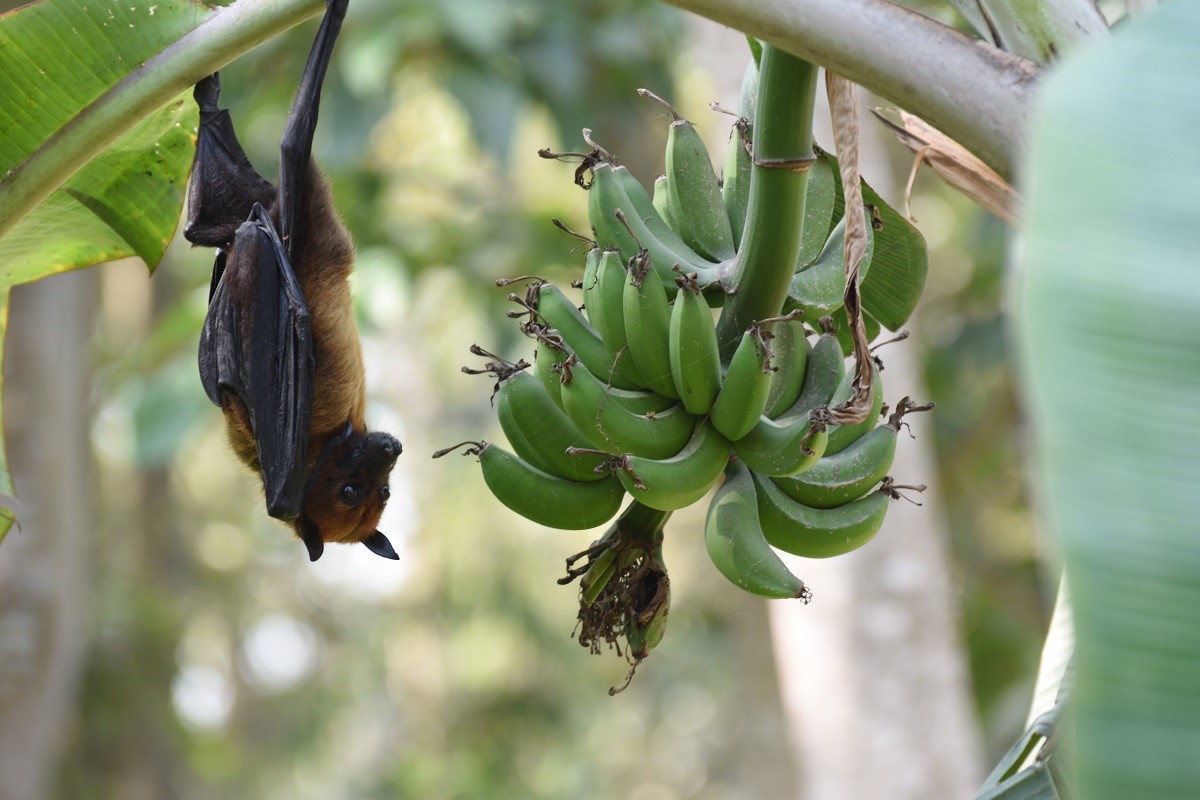
The recent outbreak of Nipah virus in Kerala, which follows one that occurred in 2018, has brought the focus back on bats which are known to host the virus. Using machine learning - a form of artificial intelligence – an international group of scientists has identified bat species with the potential to host the Nipah virus

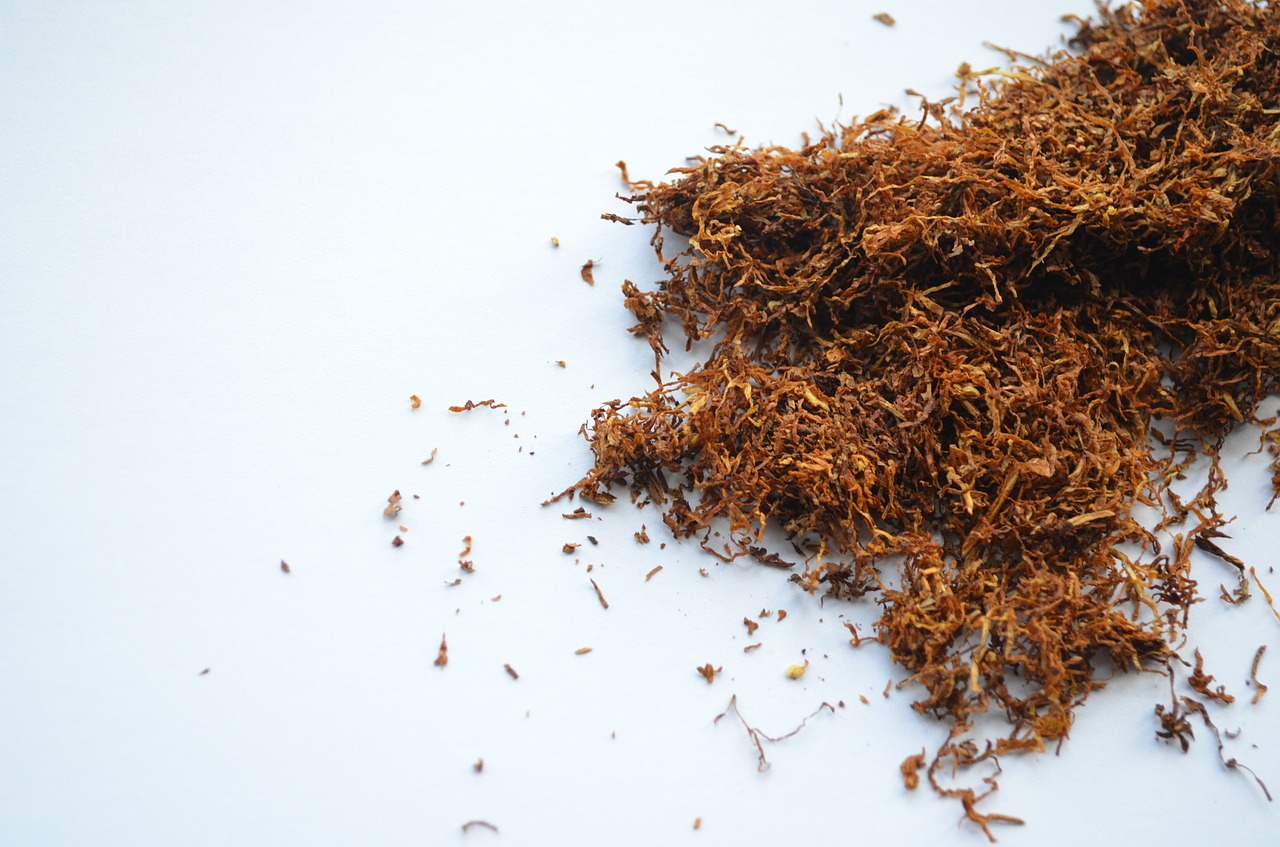
Smokeless tobacco products like gutka and khaini are known to be cancer-causing. Now Indian scientists have prepared a database of toxic substances found in different chewing tobacco products sold not only in India and South Asia but globally

As the mercury soars and countdown begins for the monsoon, storage levels in reservoirs keep the government and hydropower generators on tenterhooks. Now Indian scientists have found a potential solution - a new framework that can predict reservoir storage anomalies one to three months ahead for the dry season
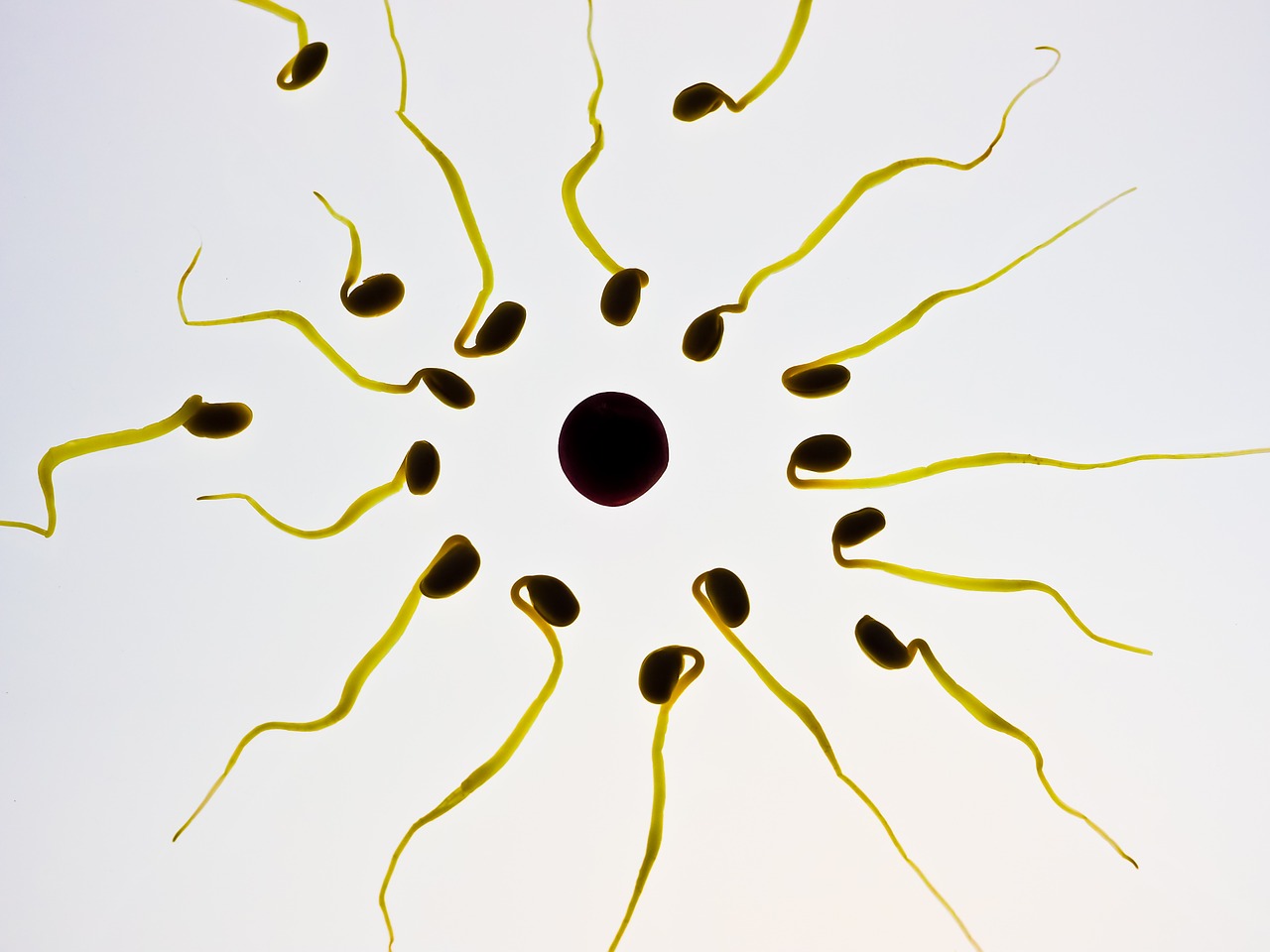
Scientists have found the location of such micro-deletions in the Y chromosome of Indian population groups. It has emerged that the deletions on the Y chromosome of infertile Indian men are vastly different from such deletions seen among men in other population groups
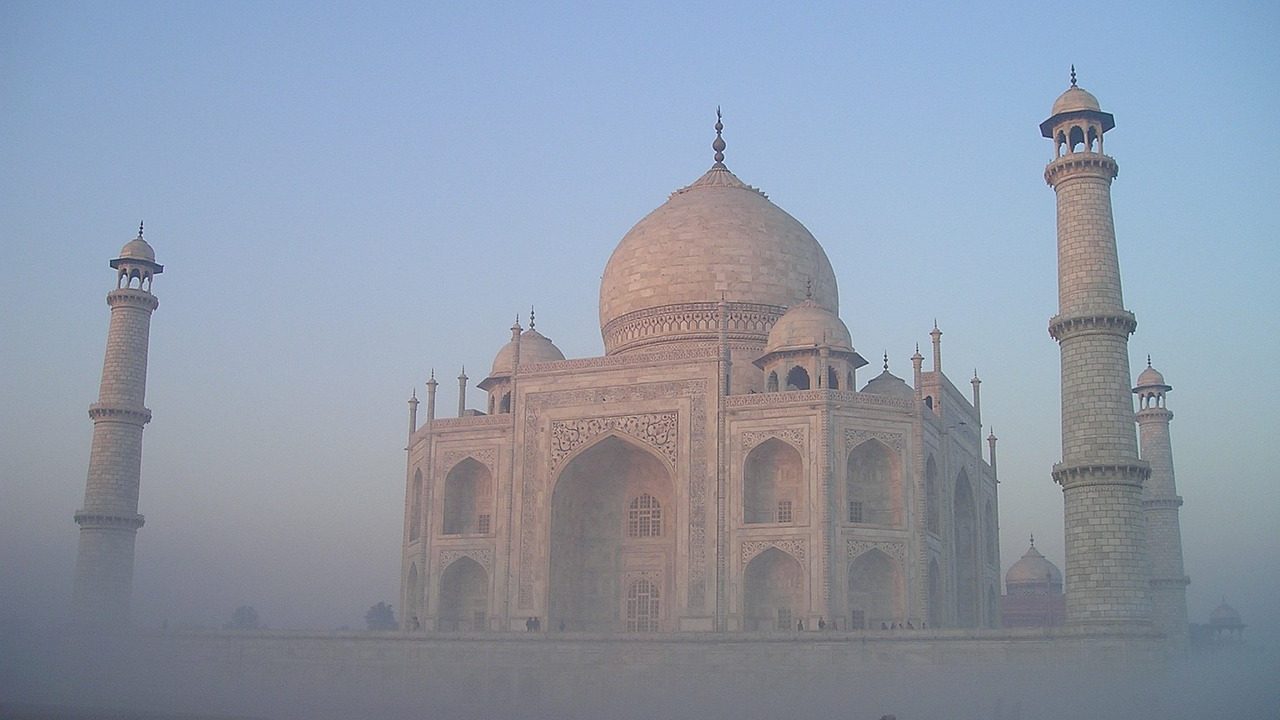

Gandhi believed that excessive eating, too frequent meals and overindulgence of concentrated starches and sugars were unhealthy and caused diseases. He suggested avoiding sweets as much as possible and consuming jaggery in small quantities
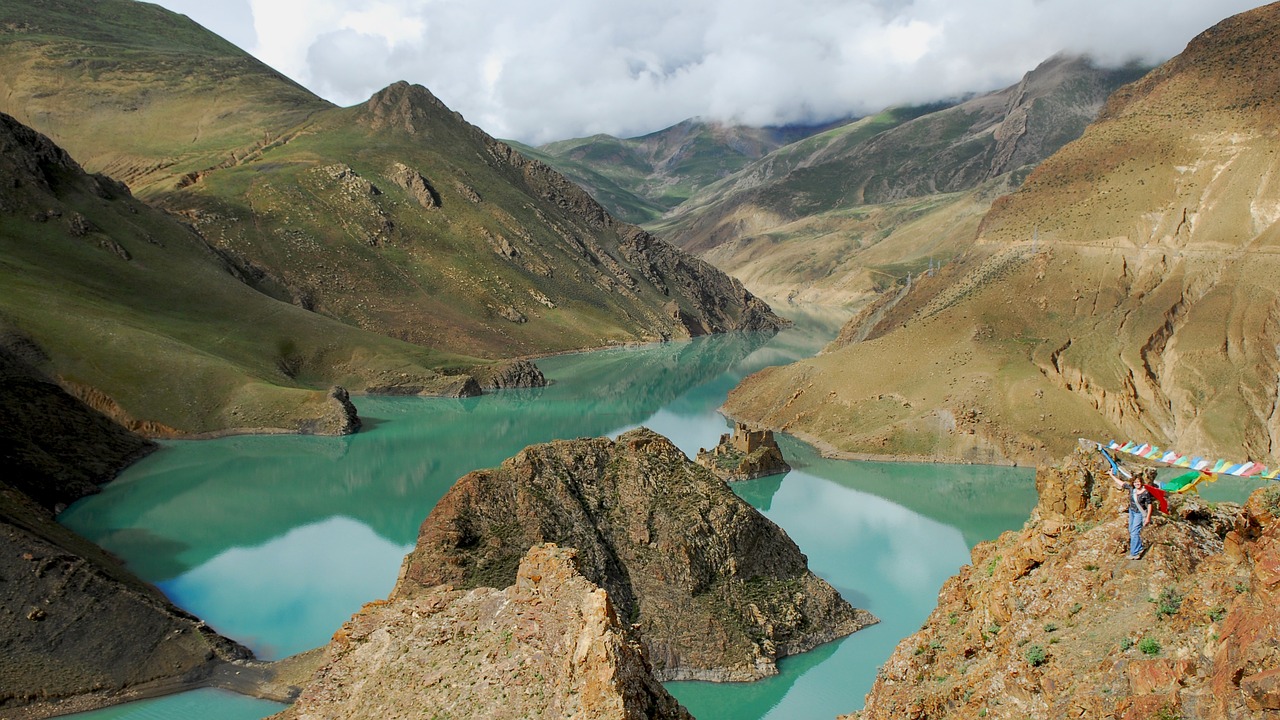
Tibetan plateau is believed to have been formed due to the collision of the Indian and Eurasian plates 50 million years ago. But a new study has now suggested that Tibet may not have been a plateau all the time and perhaps had high mountains and deep valleys – topography and climate good enough for subtropical plants to grow

Just imagine taking two extremely ultra-thin materials with different properties and placing one on top of the other, and obtaining a new material with hybrid properties. This is what an international group of researchers have done with two atomic level semiconductor materials and have got a new material whose properties are not only hybrid but also tunable
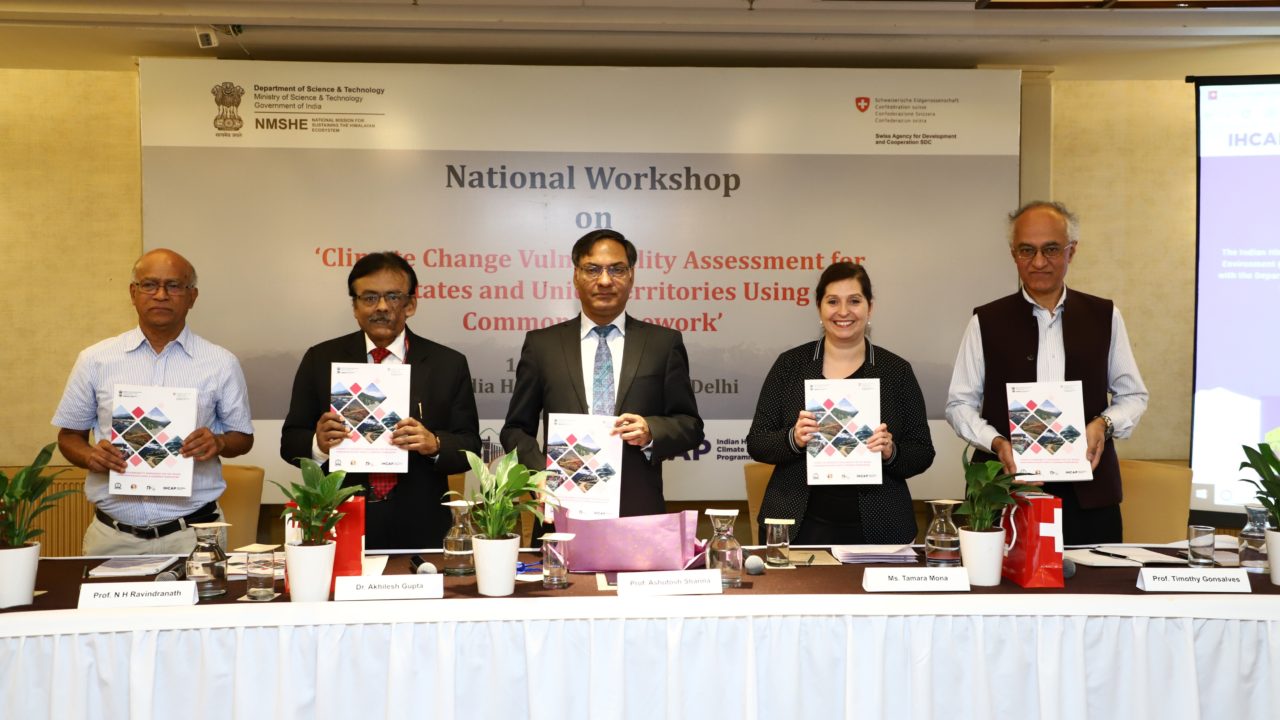

Genetic studies, in recent years, have traced the origins of the majority of population groups in the Indian sub-continent to two ancestral populations– Ancestral North Indian and Ancestral South Indian. At the same time, it is seen that the sizeable population group of Mundas in central and northeast India shares genetic ancestry with Southeast Asian populations as well
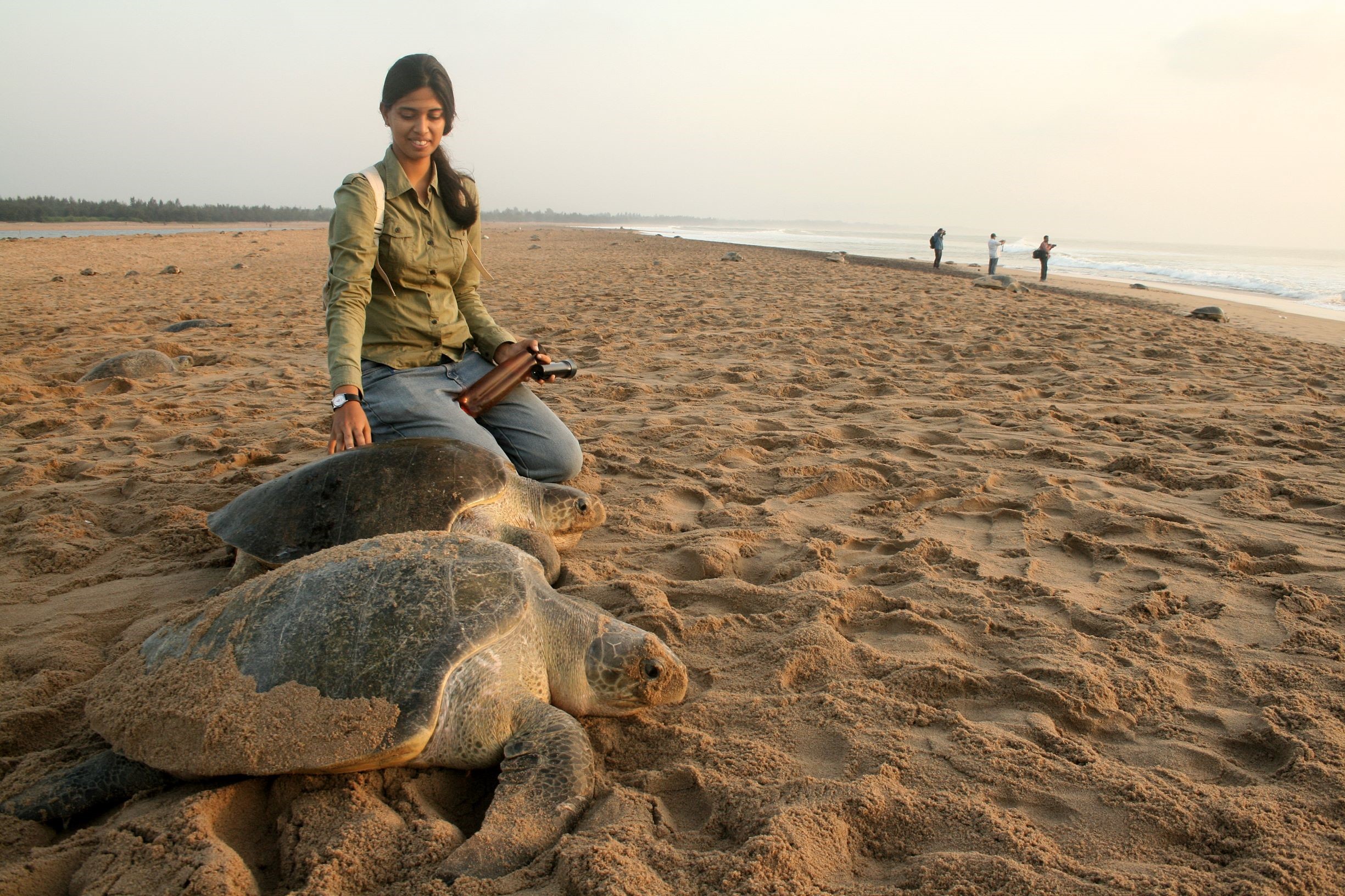
Dr. Divya Karnad, a marine biologist working on shark conservation, has been chosen for a global award to work on such holistic conservation programme.
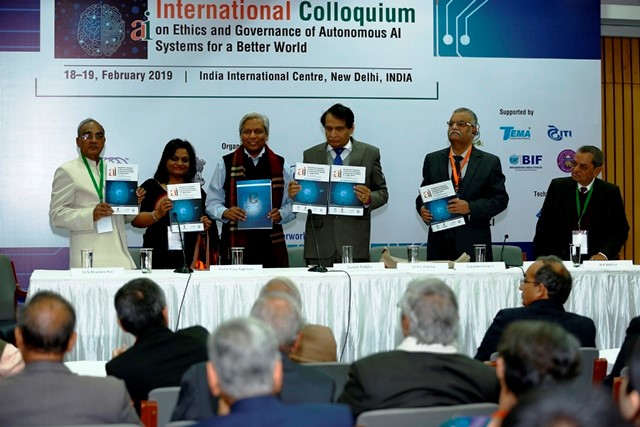
If India wants to catch up with China and other countries in the emerging field of Artificial Intelligence it will have to make huge investments in developing all enabling technologies and necessary eco-system, and also develop a framework for ethics and standards in AI
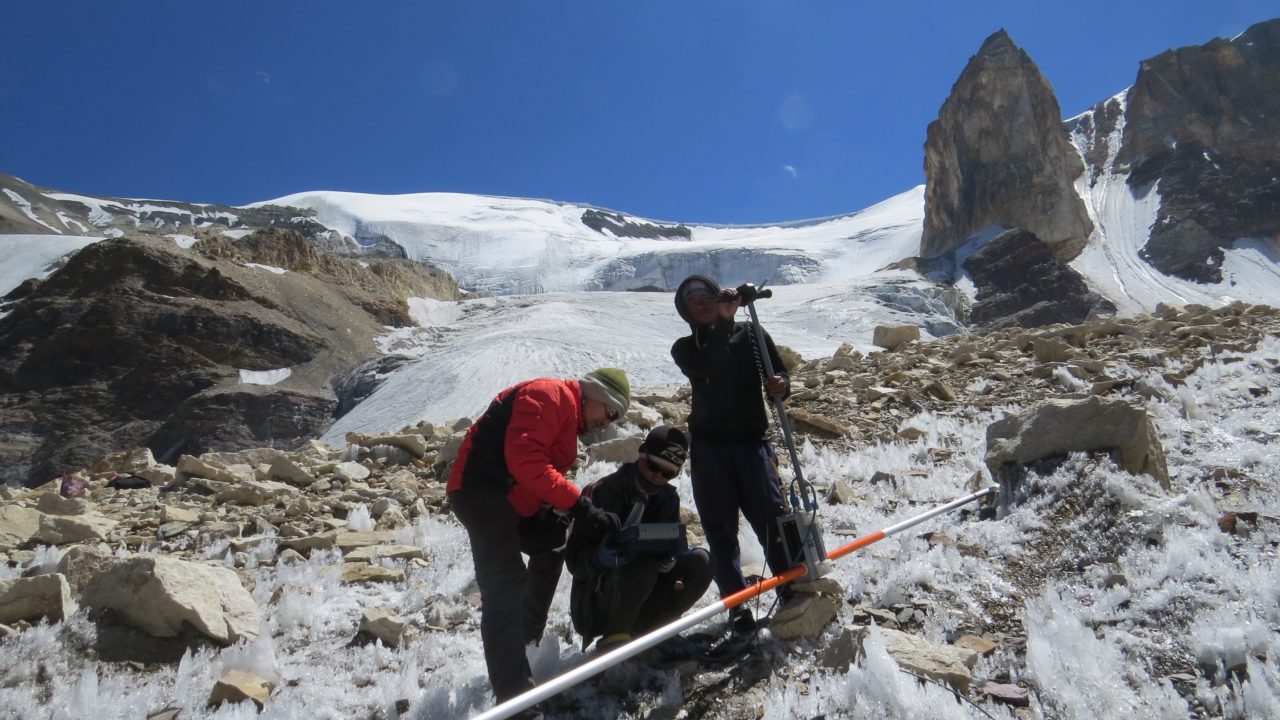
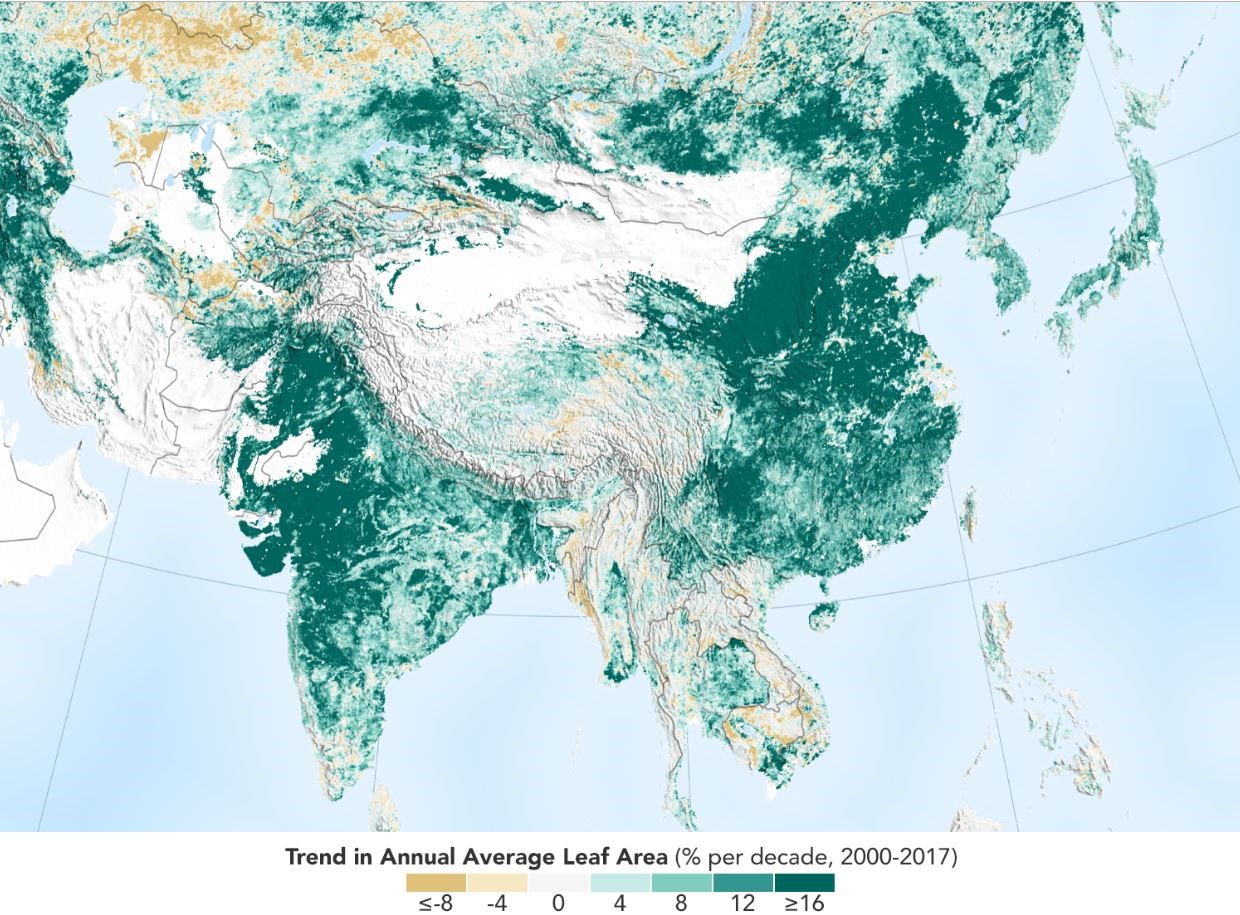
China and India – two economic powerhouses of Asia – are contributing significantly to the greening of the planet, a new global study released on Monday has found

The apple line, which refers to the traditional apple growing areas in the Indian Himalayan Region, has been shifting to higher altitudes as temperature rises

A new study by an international group of researchers has found that the composition of a class of carbon-carrying aerosols in the haze changes as it travels from above the landmass to the oceans.
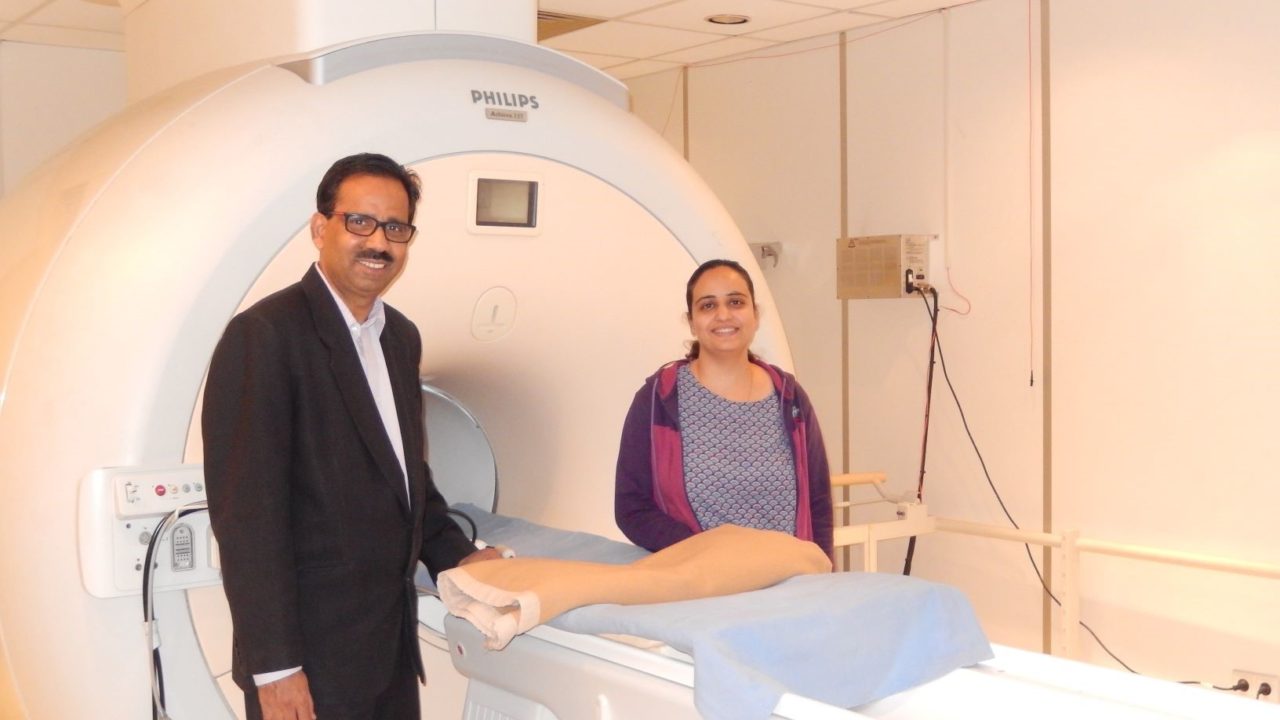
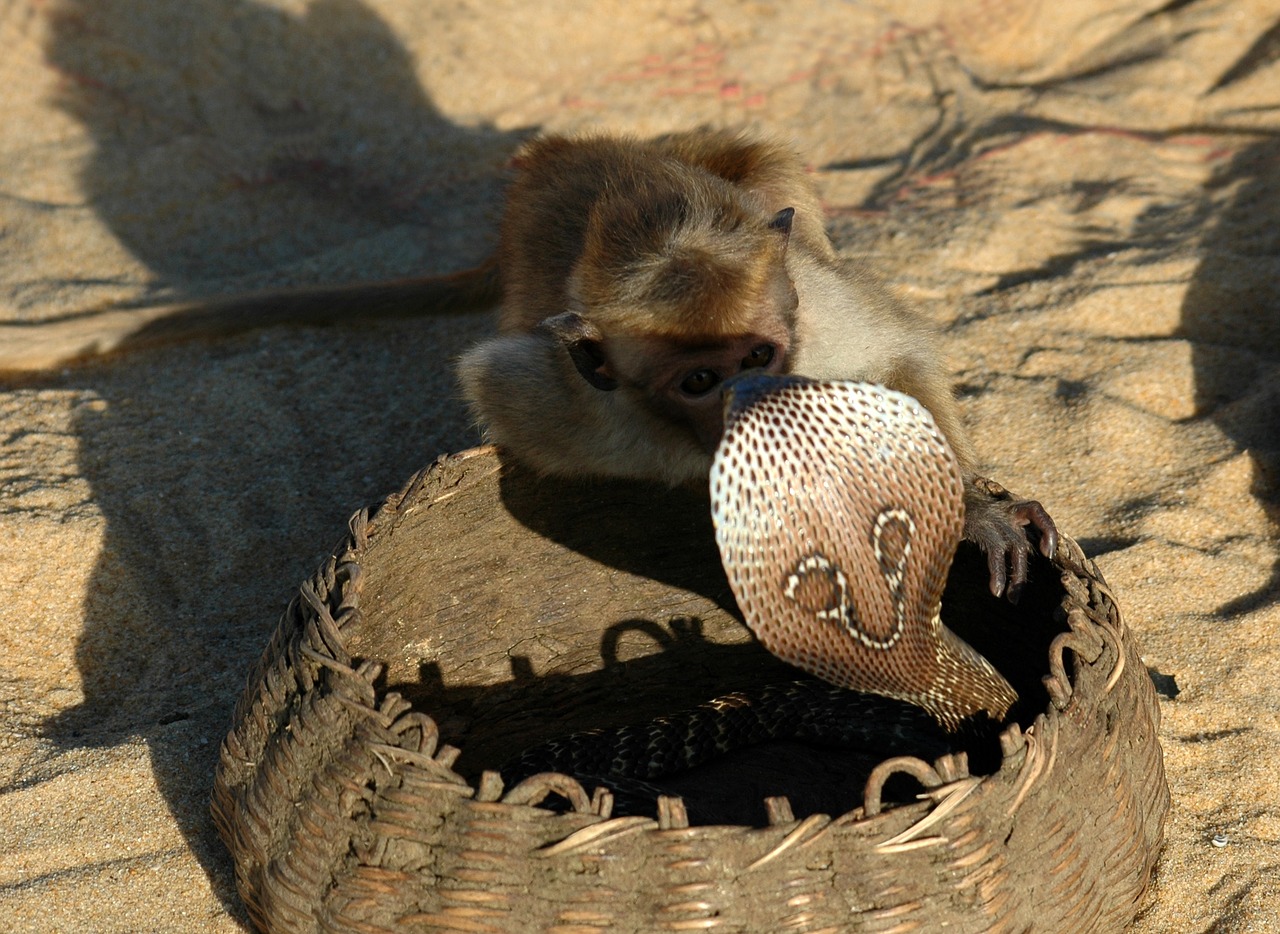
India used to be dubbed as a country of snake charmers in jest decades ago, but few would know about the darker side of snakes – snakebites. An estimated 28 lakh cases of snakebites occur in India and about 50,000 Indians die due to snakebites every year. Yet it remains a neglected public health problem.

A new nanomaterial developed by a group of Indian scientists promises to overcome such difficulties and also make the process of reading latent fingerprints faster.

If you want to live healthily and also keep the planet healthy, the only way is to align your diets with what is good for us as well as the planet, a new study published in medical journal The Lancet on Thursday has concluded.


As Punjab hosts India’s largest science outreach event this week – annual session of the Indian Science Congress at Phagwara – it is time to recall how the state played a pioneering role in connecting science with people a century ago

The year 2018 is ending with the spectacular success of Indian scientists and technologists in the space and defense sectors, with a series of high impact missions

A new genetic study has claimed that it is the Rors who came to the Indus Valley when it was flourishing during the Bronze Age and inducted West Eurasian genetic ancestry


One in every eight deaths in India is attributable to air pollution in India, making it a leading risk factor for death in the country. This makes air pollution a bigger contributor to the disease burden than tobacco, according to a new study released on Thursday.

A group of researchers in Hyderabad have identified a biomarker that can help in detecting the risk of ROP from just a drop of tear.

Only few would know about the work and contribution of Bibha Chowdhuri (1913- 1991) who not only worked with Bhabha and Sarabhai at TIFR and PRL respectively but in the laboratory of Nobel-winning physicist P M S Blackett, who was also an advisor of Prime Minister Nehru on matters relating to organizing scientific research in newly independent India.
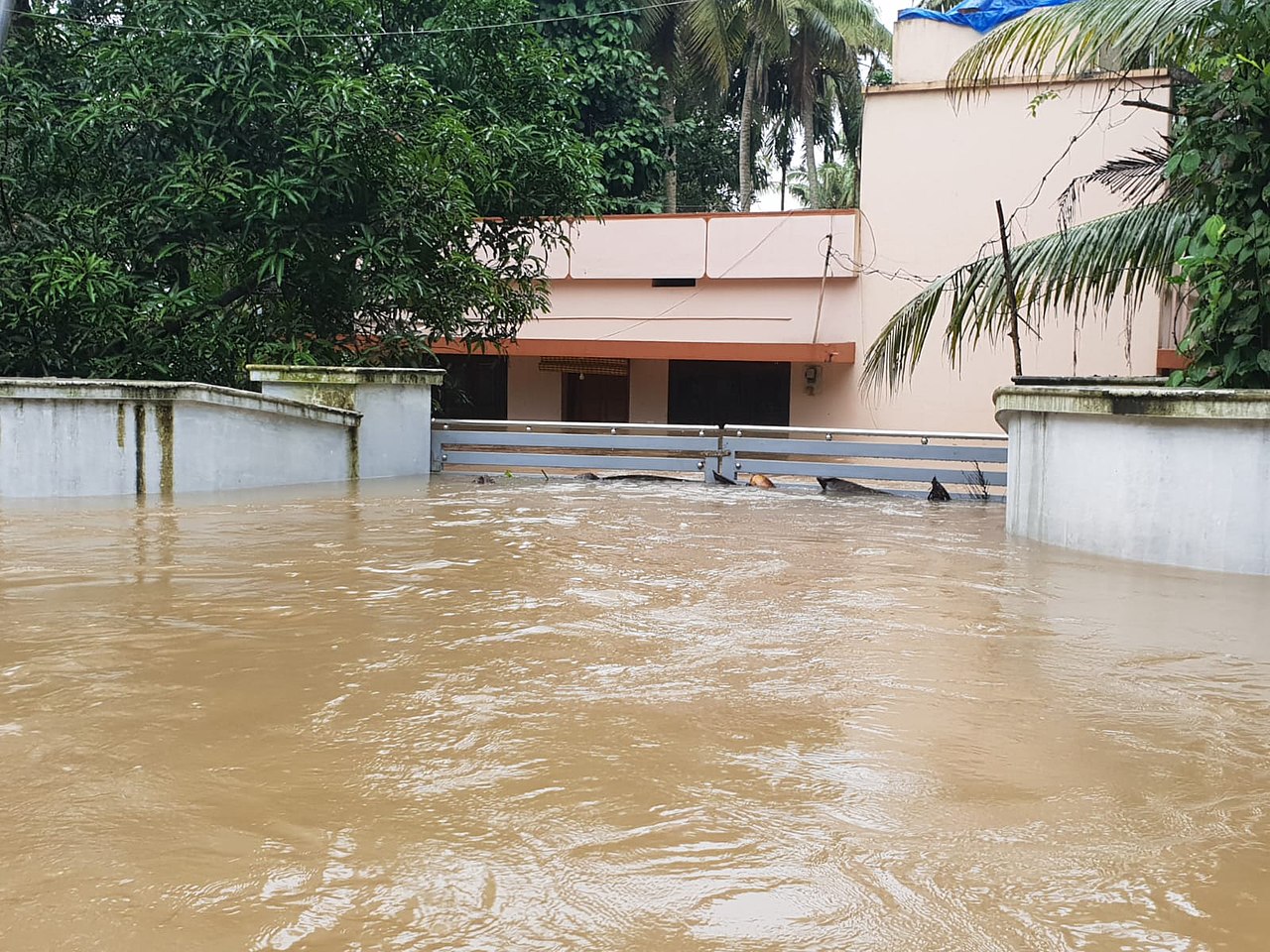

The research team at the Indian Institute of Technology, Gandhinagar, has found that boron-rich nanosheets, developed by them earlier this year, can also act as a chemical reagent
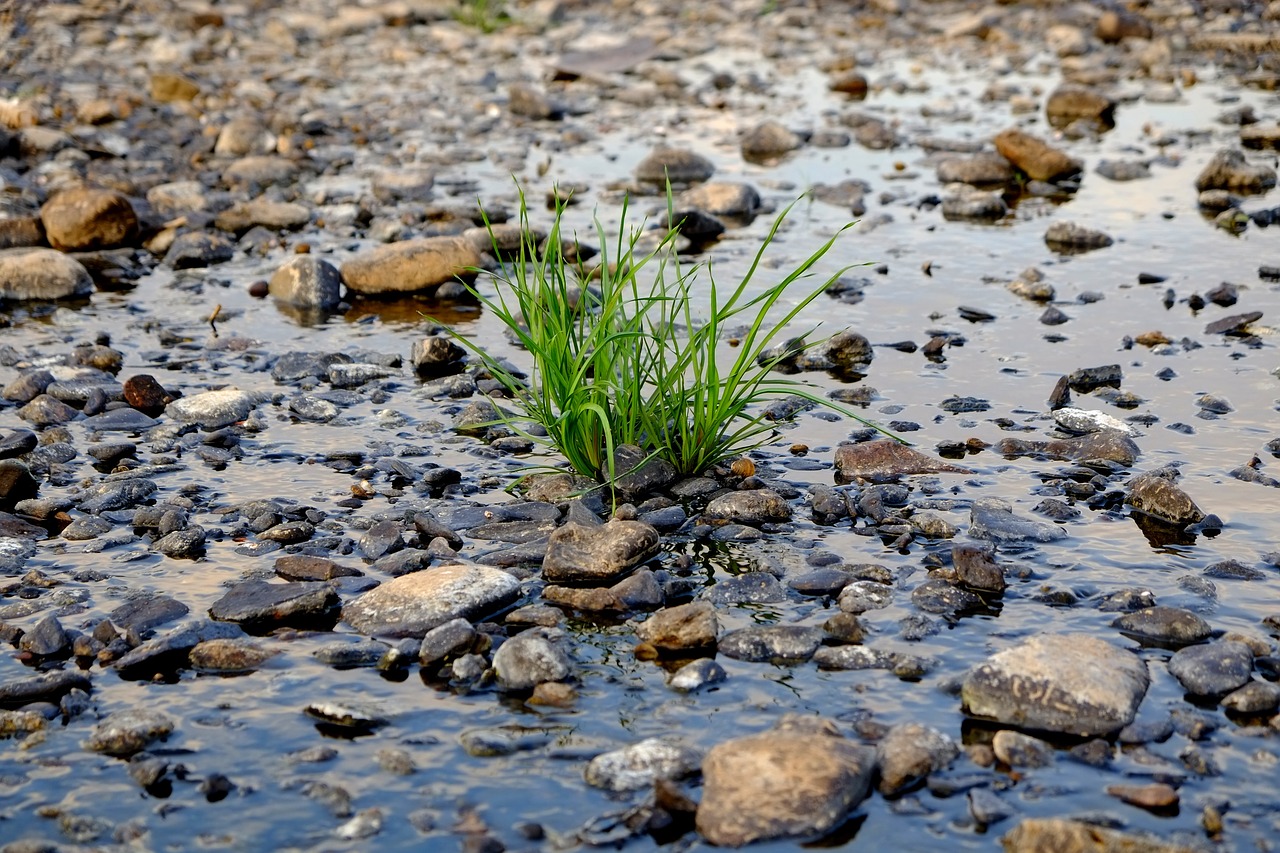
Over-extraction of groundwater is a major environmental challenge in many parts of India. It is not only leading to a rapid decline in groundwater reserves but also contributing to India’s carbon emissions, a new study has warned
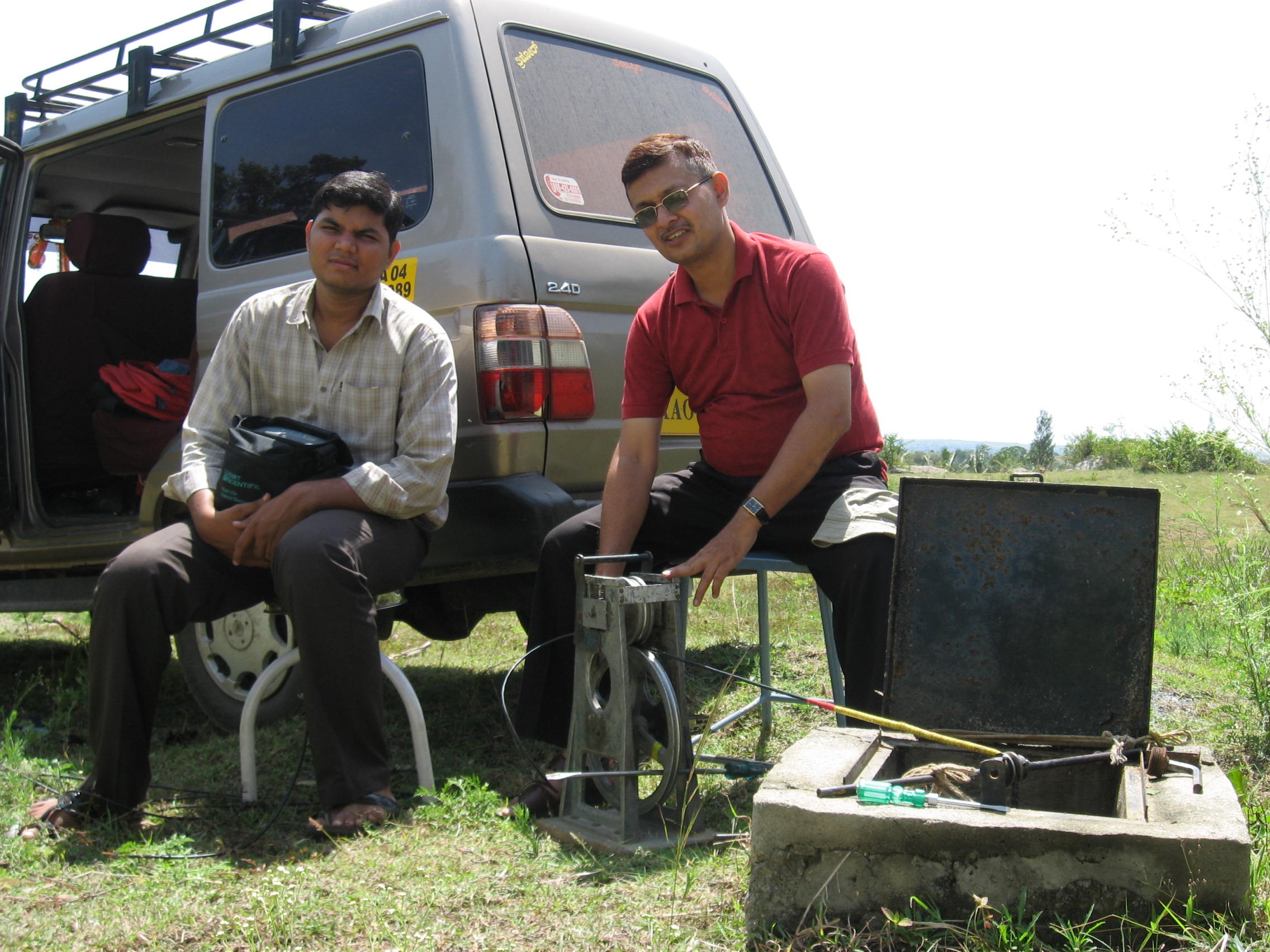
Scientists are literally looking into the ground for clinching evidence of climate change. A new study of geothermal records across India has shown that the country has experienced about one degree of warming over the baseline mean temperature of the nineteenth century
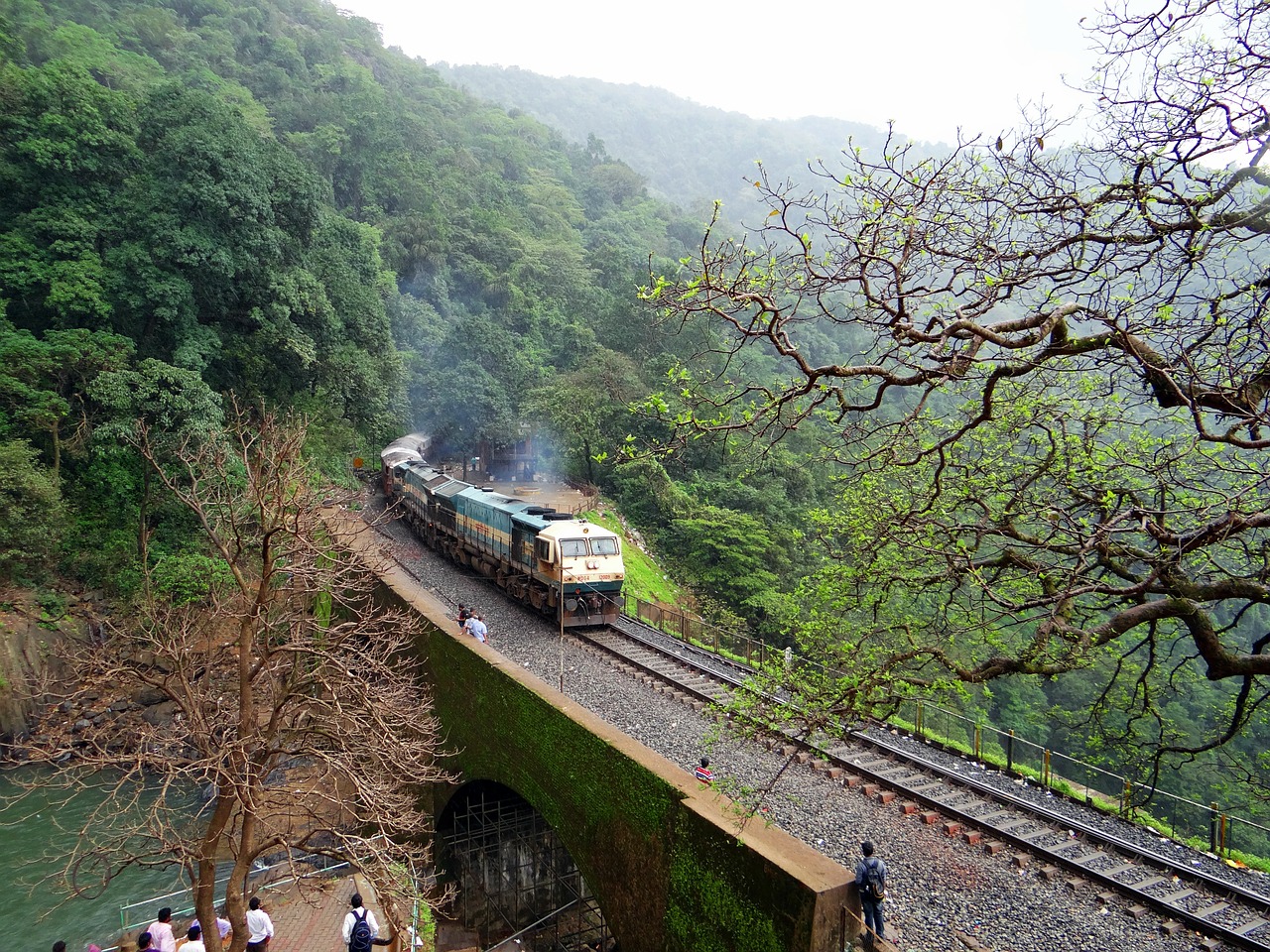
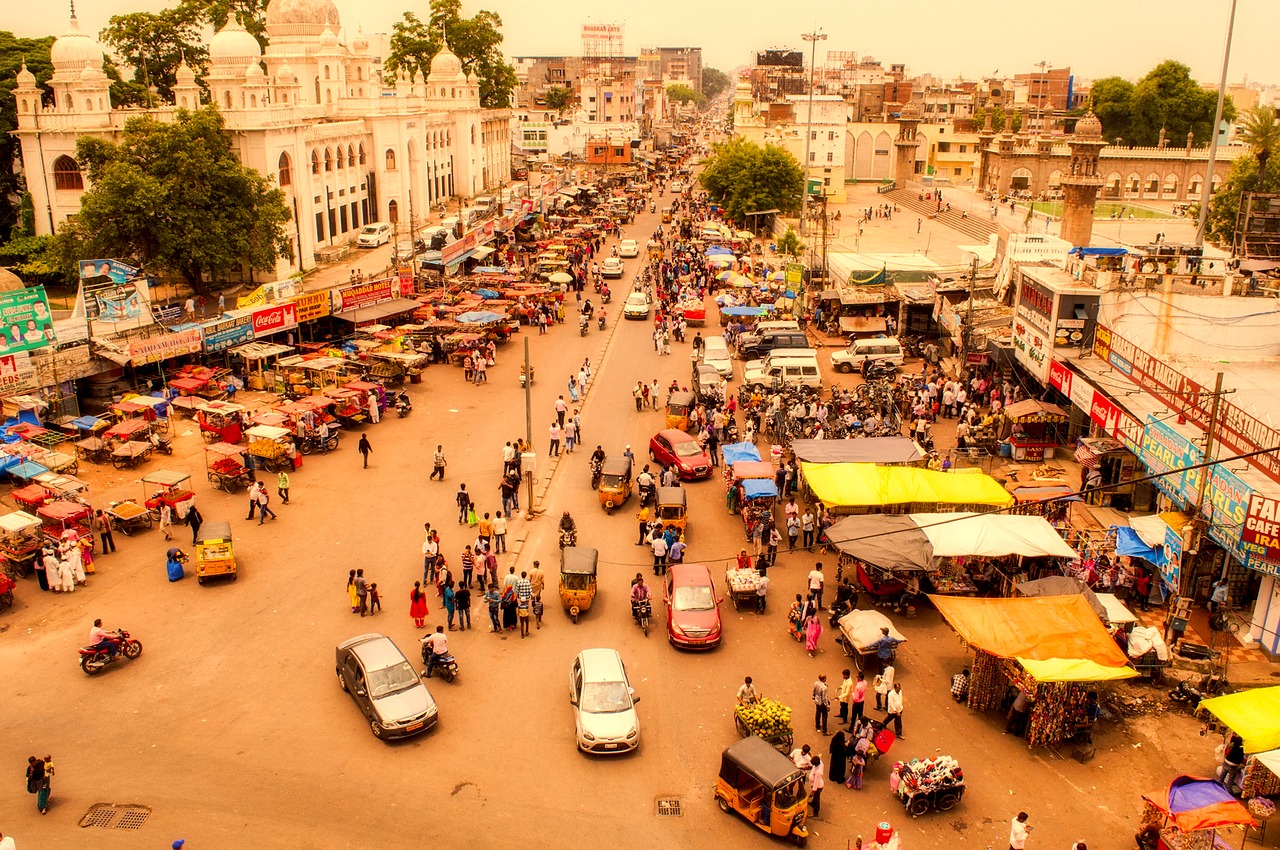
At any given point, the national capital has about 5.57 lakh tons of municipal solid waste illegally dumped on the roadside or in open plots. This is 62 times higher than the daily municipal solid waste generated in the city, according to a new study.

Indian farmers usually do not wear any protective gear while spraying chemicals in fields. This exposes them to harmful toxins contained in pesticides, causing severe health impacts and even death in extreme cases. Indian scientists have now developed a protective gel to address this problem.
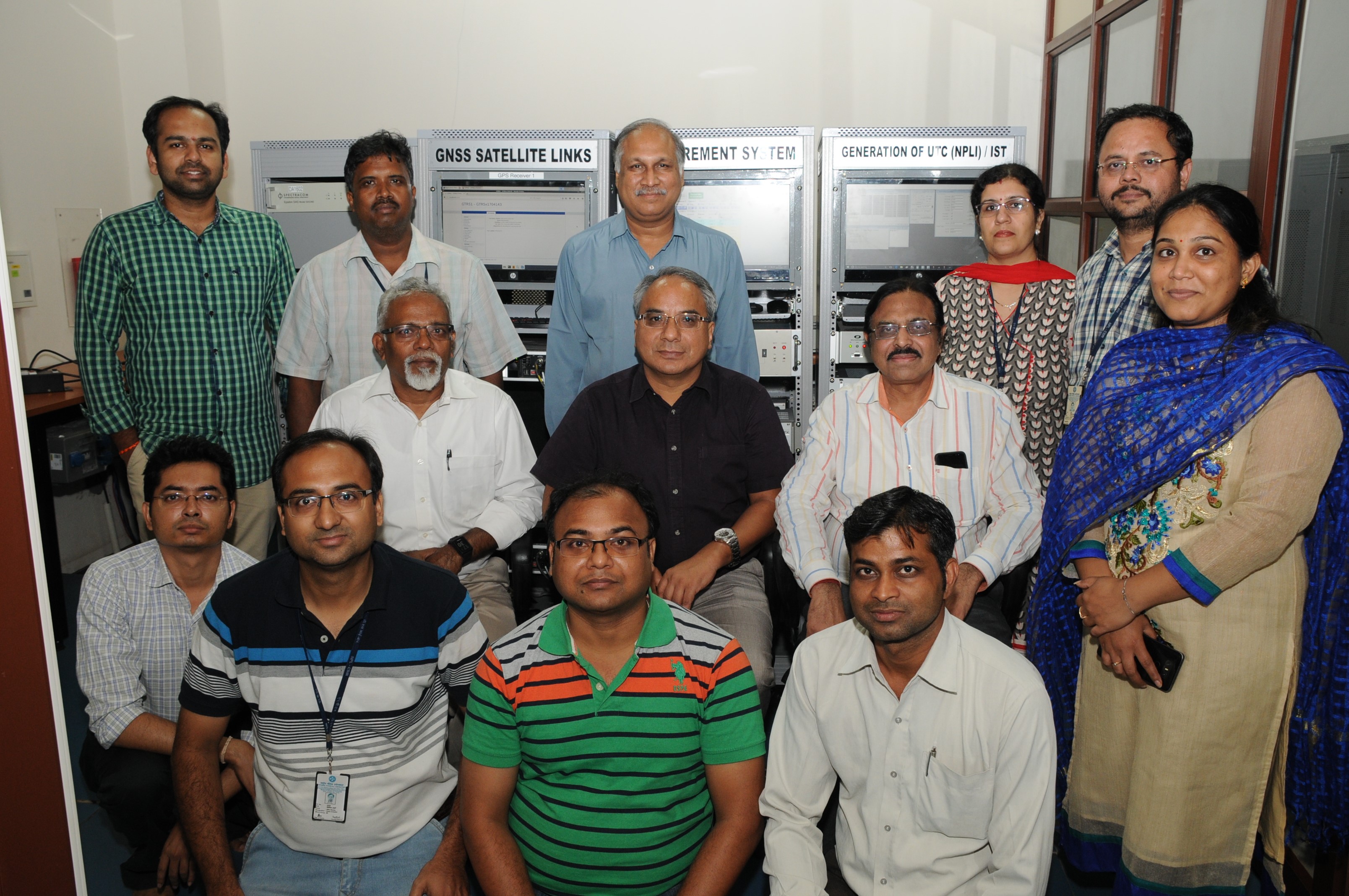
A new analysis by the National Physical Laboratory - India’s official timekeeper - has supported long-standing demand for a separate time zone for eastern states - Assam, Meghalaya, Nagaland, Arunachal Pradesh, Manipur, Mizoram, Tripura – and Andaman and the Nicobar Islands
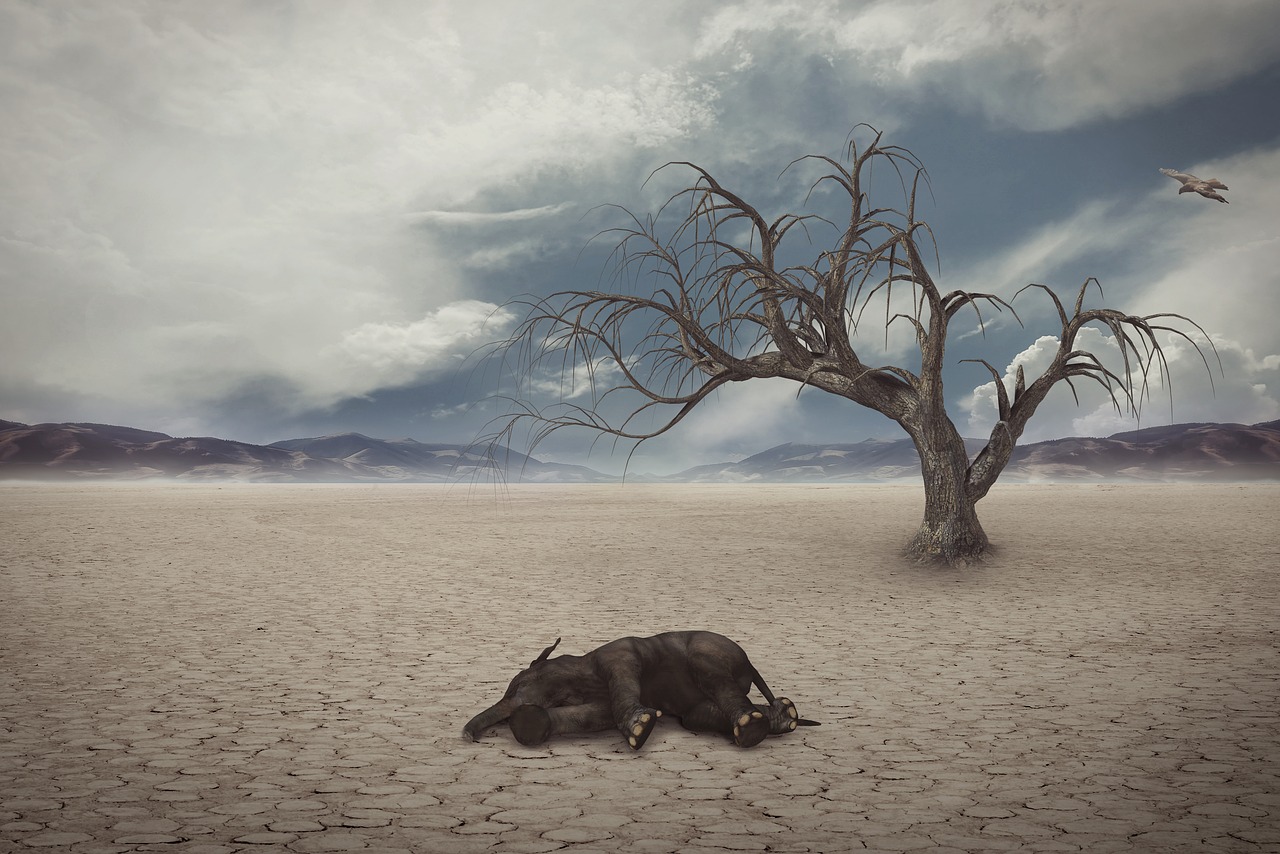

India has witnessed an alarming rise in the occurrence of heart disease, stroke, diabetes and cancers in the past 25 years, a series of new studies published on Wednesday in The Lancet and its associated journals have revealed
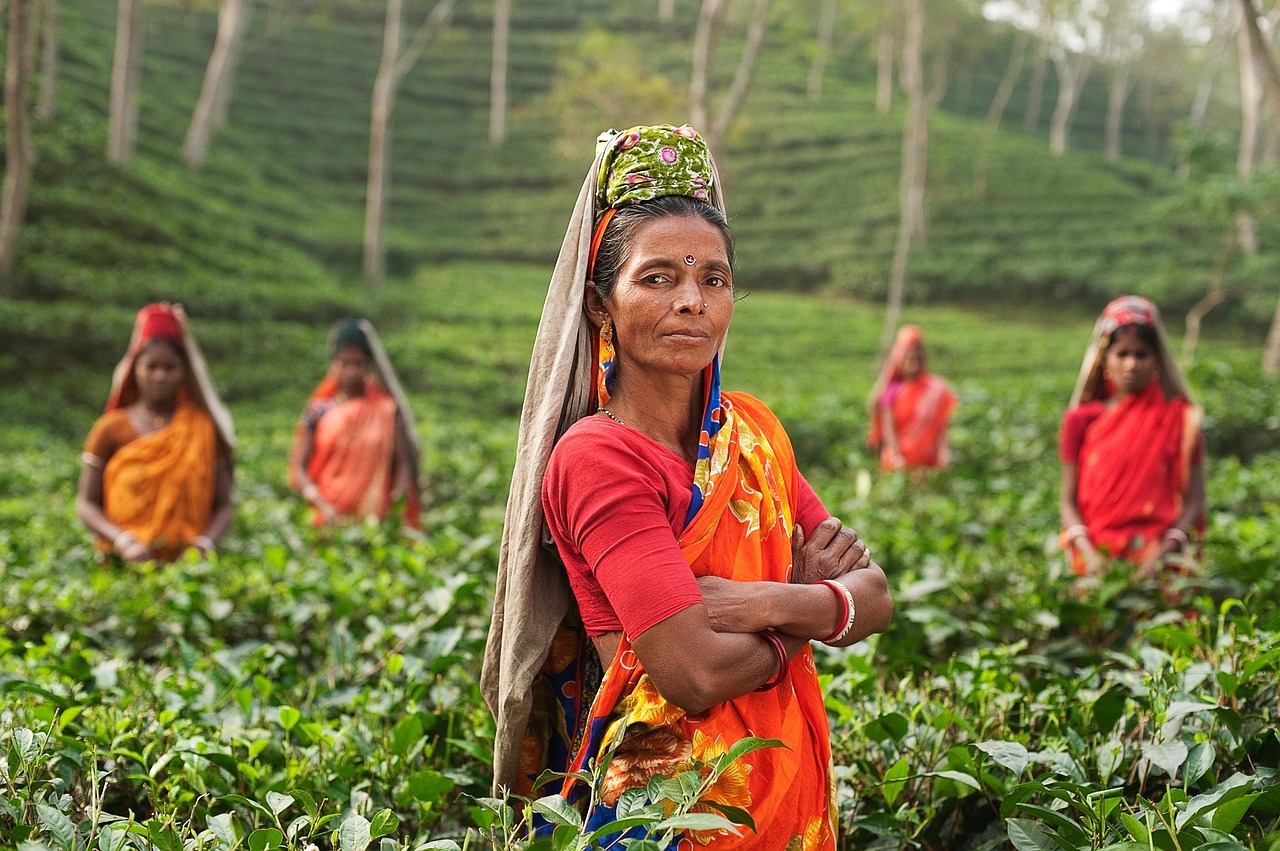
A new investigation into tribal health has revealed that non-communicable diseases now constitute a major health burden across Indian tribal communities

A new study has suggested that the Indian government must consider changes occurring due to climate change while planning new hydropower projects.
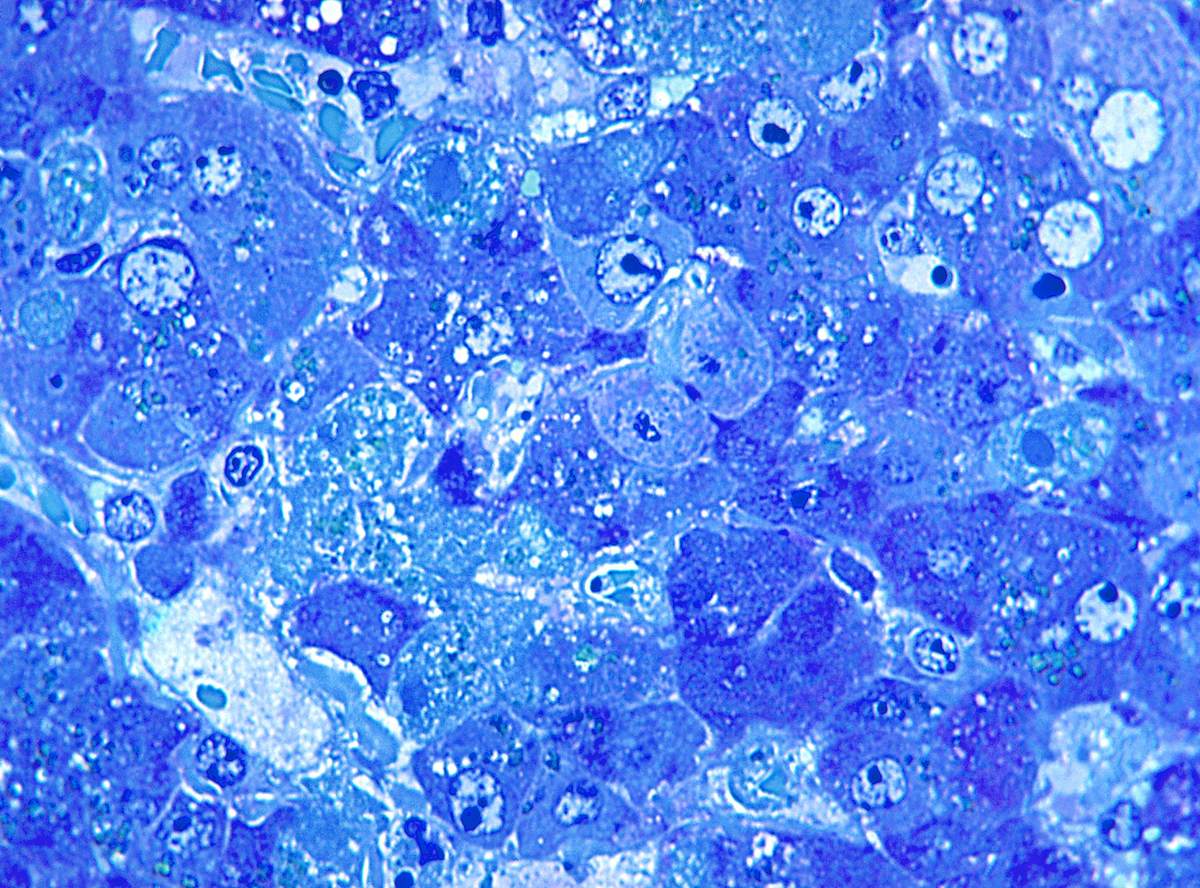

A platform called Chandigarh Autism Screening Instrument (CASI), the questionnaire-based tool has been designed to help community health workers to carry out initial screening for autism
A new book by technology writers Anand Parthasarathy and S Sadagopan is an attempt to fill this gap in understanding of the Indian IT industry. The book “Icons of Indian IT”, as the name indicates, profiles 25 of India’s technology pioneers from academics, government, and industry.

Just imagine being able to know what Dr. A P J Abdul Kalam, who expired in July 2015, would have thought about today’s test firing of the supersonic missile or any other current issue of his interest.

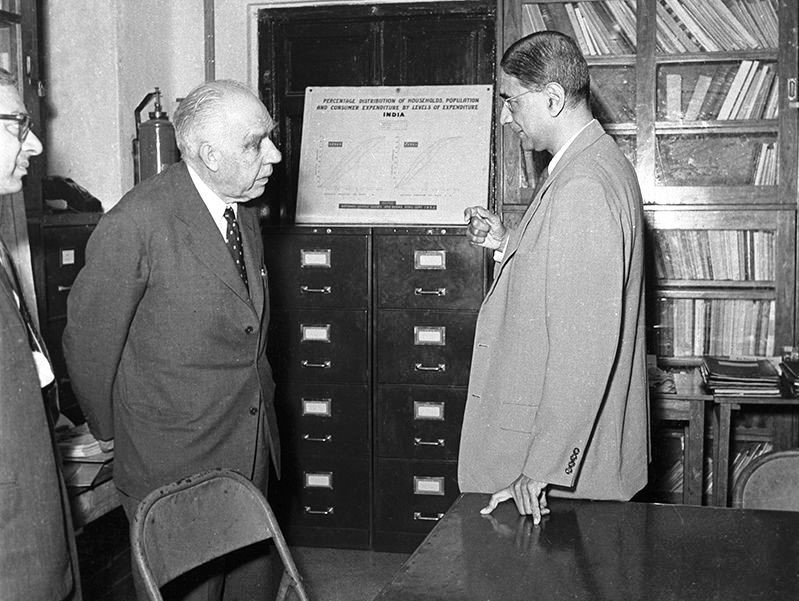
We are all familiar with number crunching, data mining and the use of supercomputers today. How did people handle large calculations before the advent of modern computers?
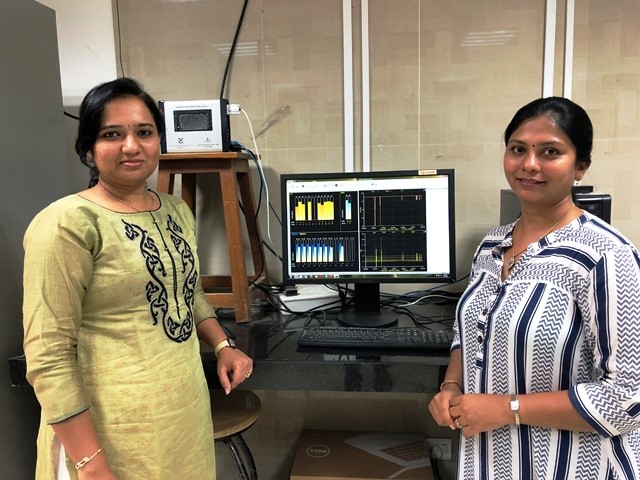
NavIC, India’s very own navigation satellite system, is projected to provide positioning and navigation services on the lines of US-owned Global Positioning System (GPS).
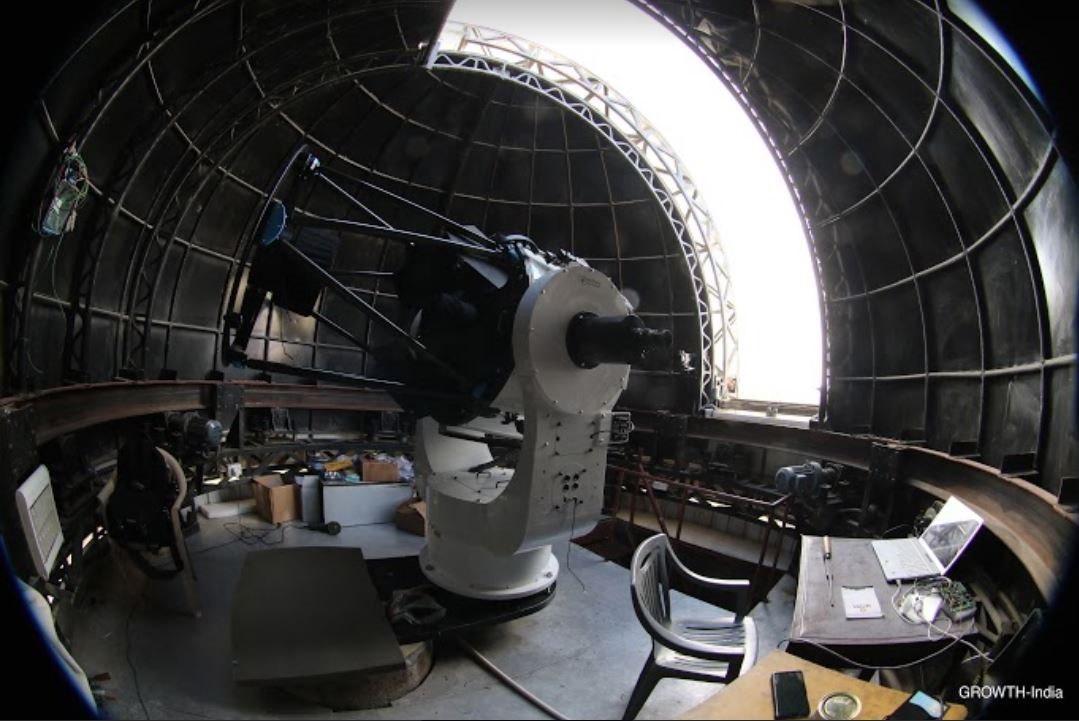
India’s newest telescope has started observing the skies. The telescope located at the Indian Astronomical Observatory (IAO) at Hanle in Ladakh is the country’s first robotic telescope and the first one designed to observe dynamic or transient events in the universe.
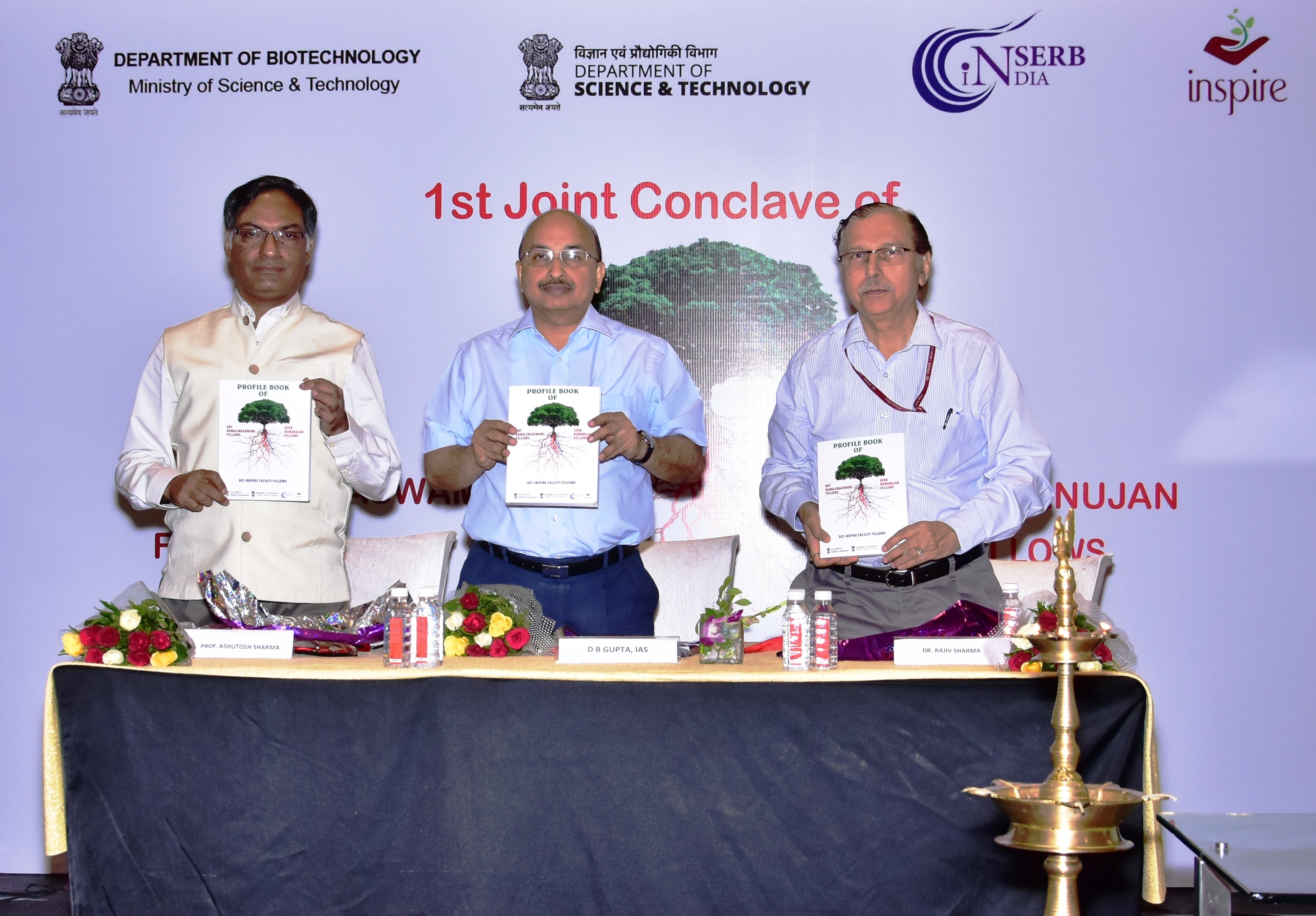

Carbon monoxide is a major air pollutant posing threat to human health. A team of scientists led by the researcher at the Indian Institute of Technology (IIT) Gandhinagar have developed a nanocomposite material that can selectively convert environmental carbon monoxide into less toxic carbon dioxide.
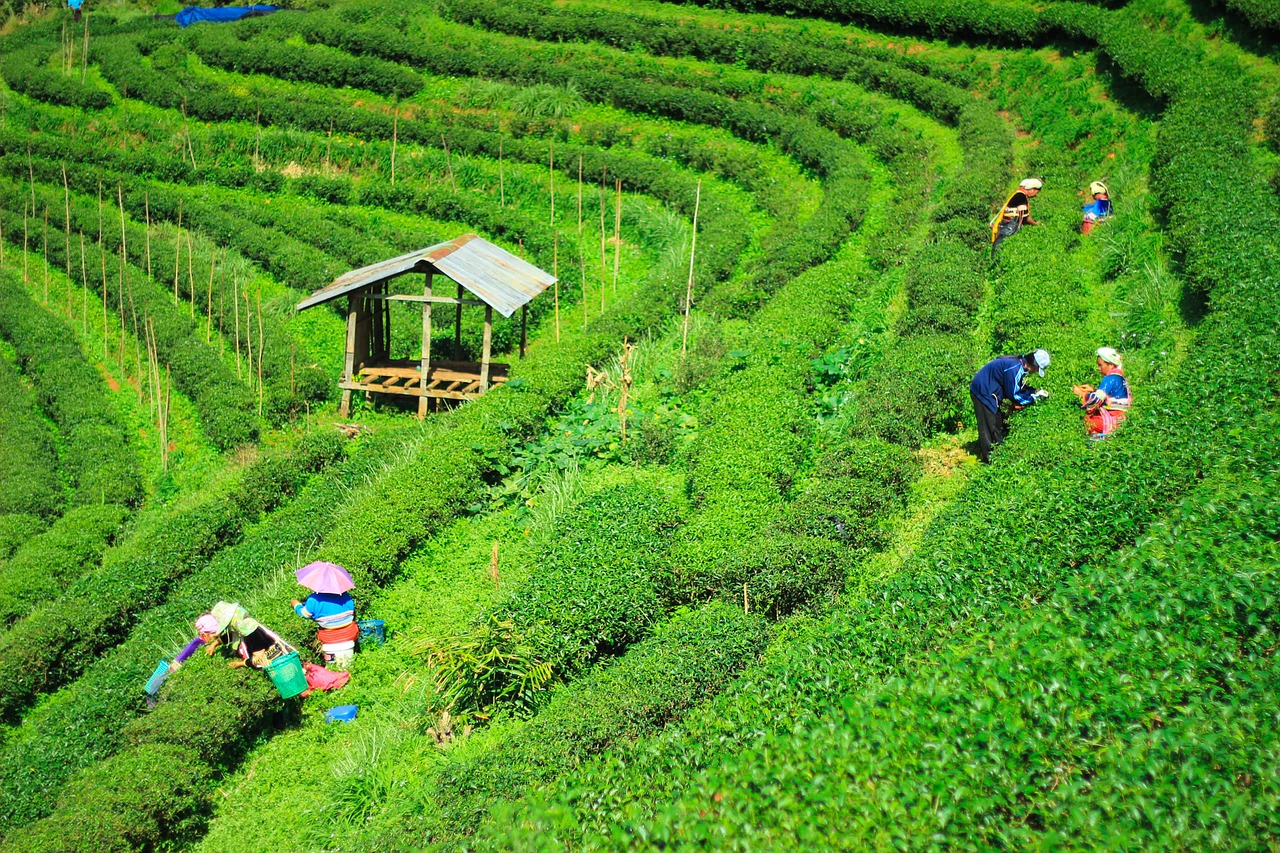
A gradual change in temperature and rainfall patterns in Darjeeling hills is beginning to affect the production of the famous Darjeeling tea.
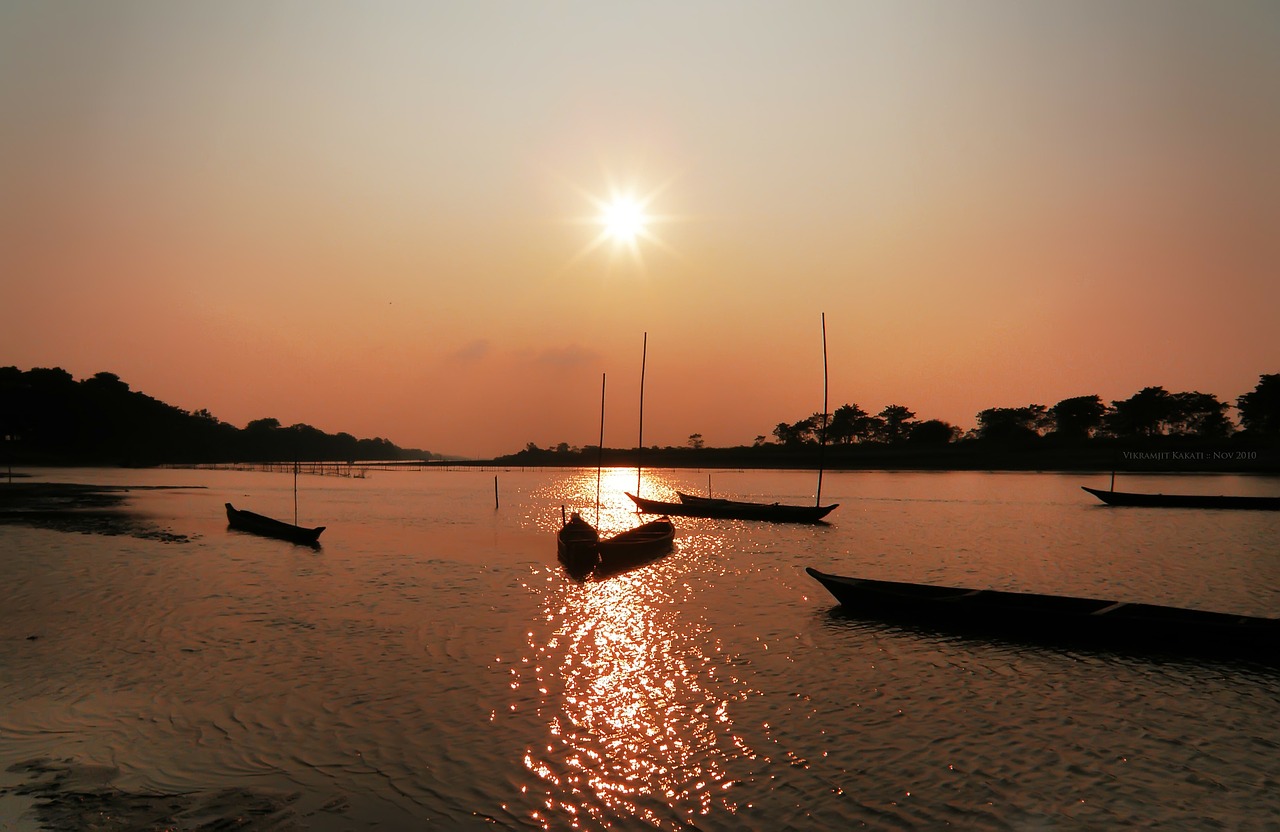
A new study on climate change in India has confirmed a rapid rise in surface temperatures in the past 70 years.
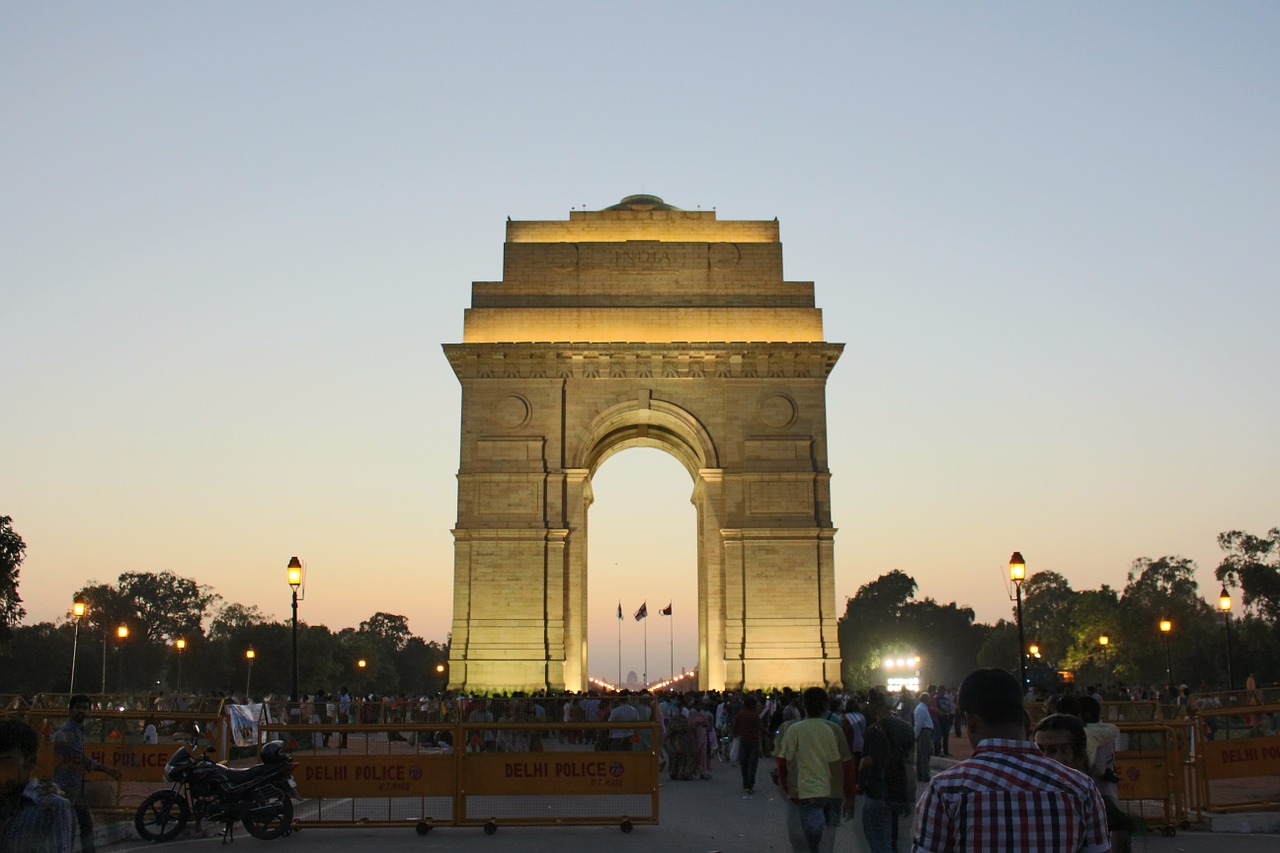

Antibiotic drug resistance is assuming dangerous proportions at a global level and India is one of the worst affected countries. A new study in India has found bacteria resistant to the most powerful antibiotic in fresh food samples such as chicken, fish, and vegetables.
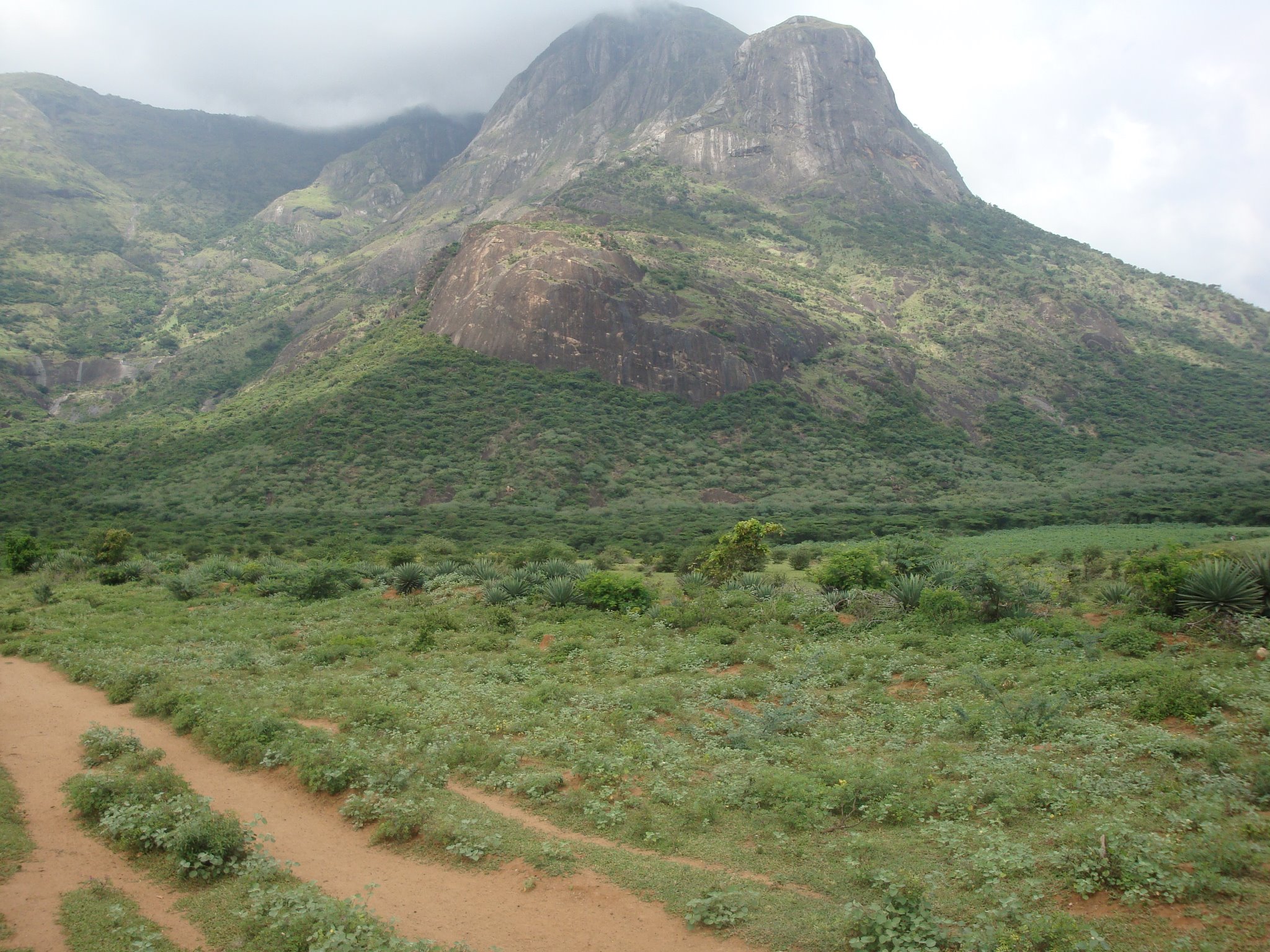
The India-based Neutrino Observatory (INO), an ambitious mega-science project, has been at the center of a controversy in Tamil Nadu with some political groups raising questions about environment clearance granted for setting up the underground facility in Bodi West Hills in Theni district.

Yak – the lifeline of pastoral nomads in high altitudes of the Indian Himalayan region – is facing the threat of gradually rising temperatures in the region.
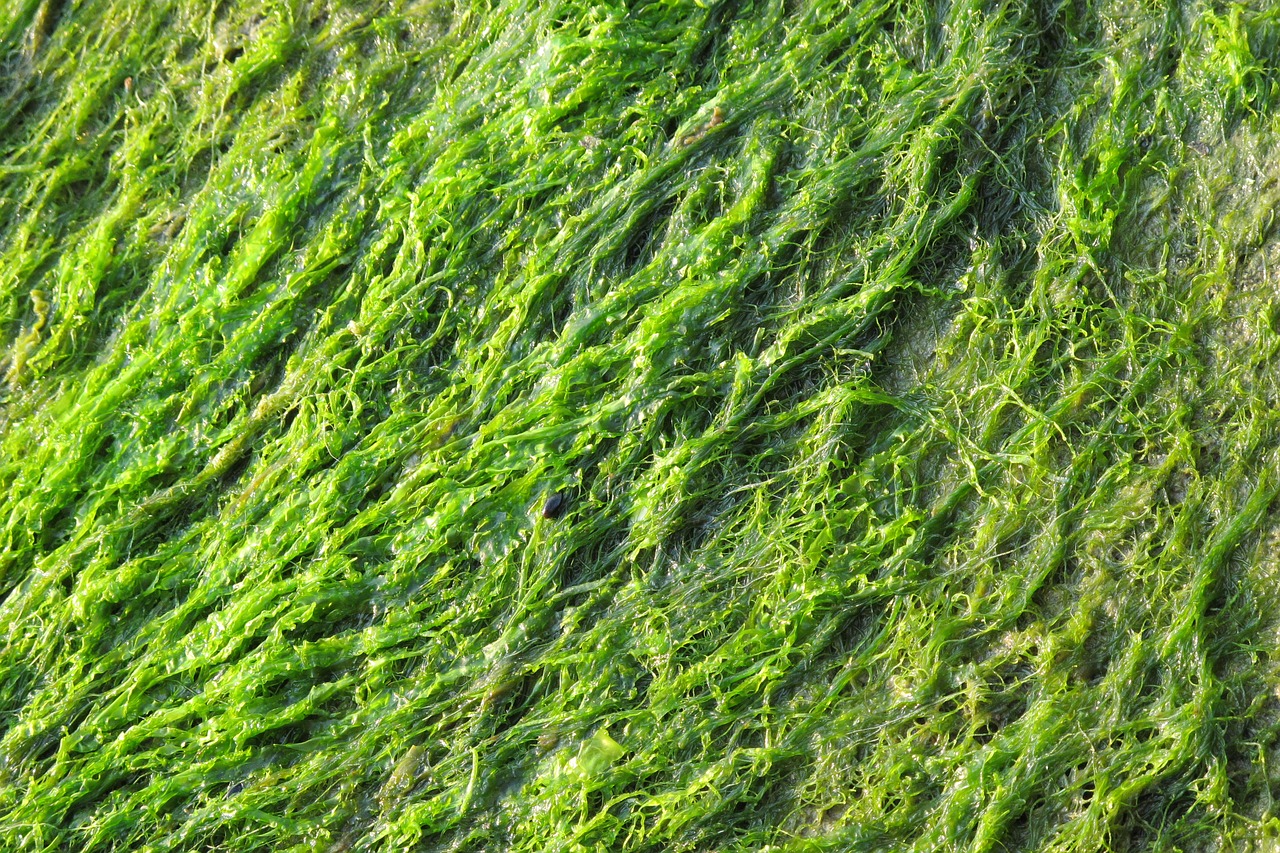

Here is more evidence why we need to worry about climate change. A new study says extreme rainfall events are on the rise in India and attributes the trend to man-made emissions, what scientists call anthropogenic warming.

Several grassroots innovations which we often hear about failing to make it to the market.
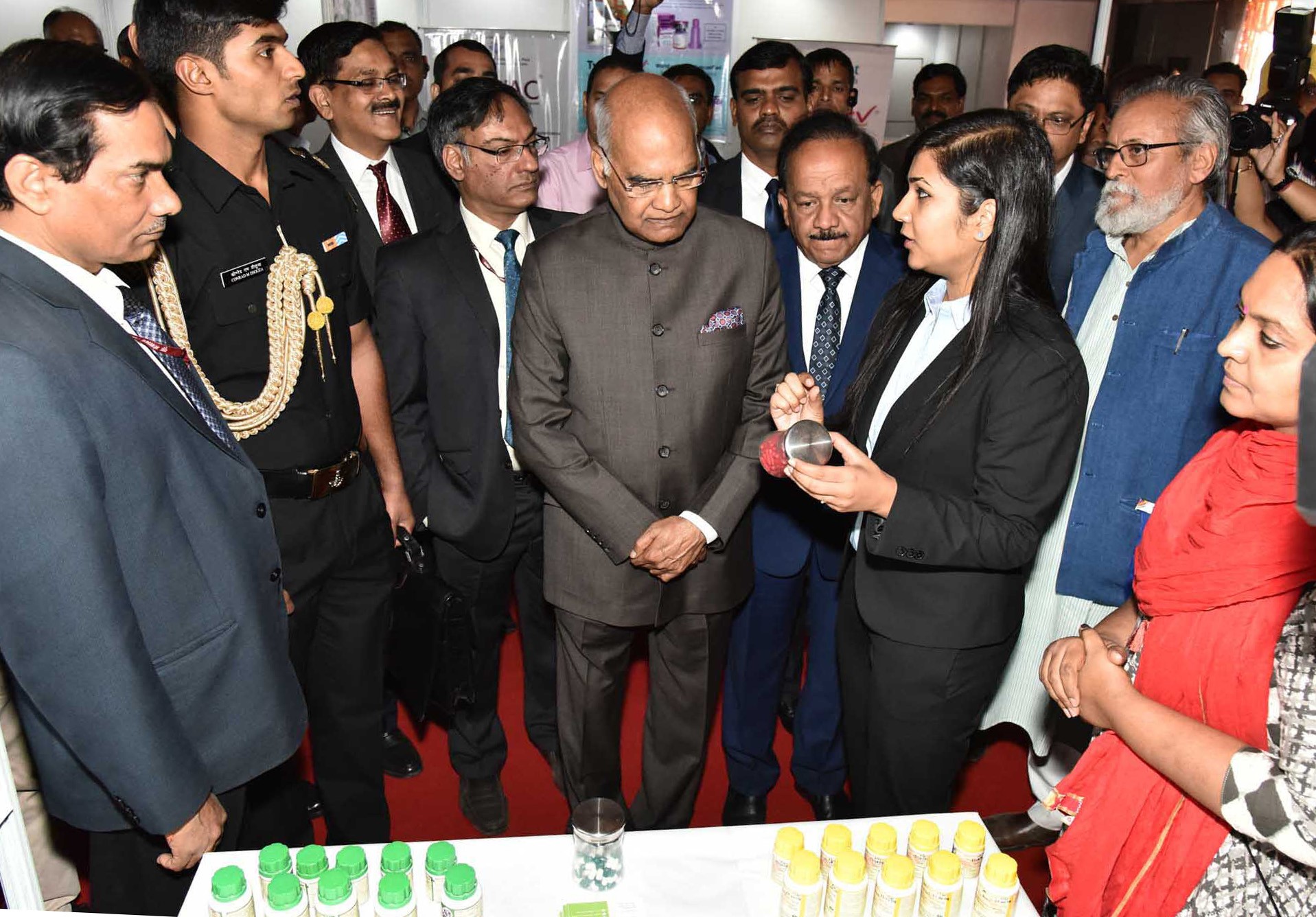
Rashtrapati Bhawan, the presidential palace in the heart of the national capital, usually attracts a large number of visitors when flowers bloom in its famous Mughal Gardens.
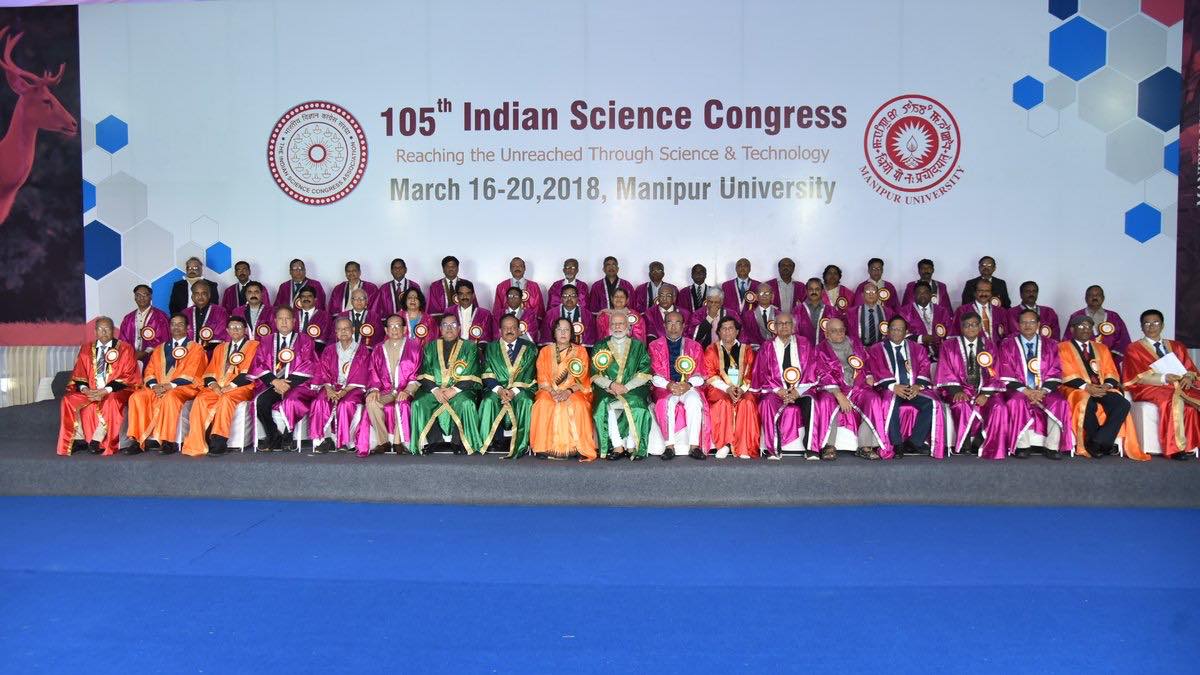
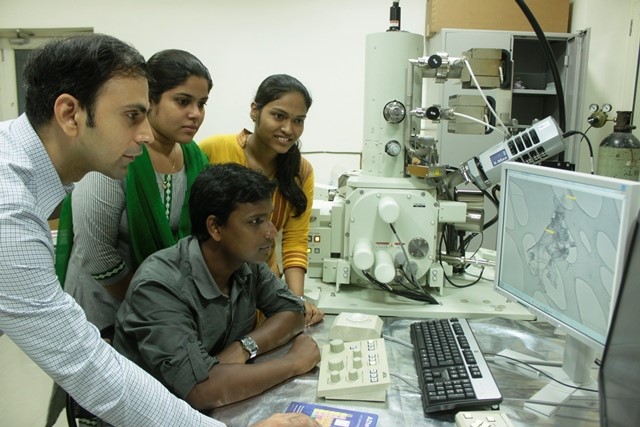
How thin can the thinnest material be? It can be as thin as 100,000 times thinner than a sheet of paper. You may not be able to imagine or see with naked eyes such a material, but this is what a group of Indian scientists have done.
Internet is huge! Help us find great content
Never miss a thing! Sign up for our newsletter to stay updated.
Research Stash is a curated collection of tools and News for S.T.E.M researchers
Have any questions or want to partner with us? Reach us at hello@researchstash.com